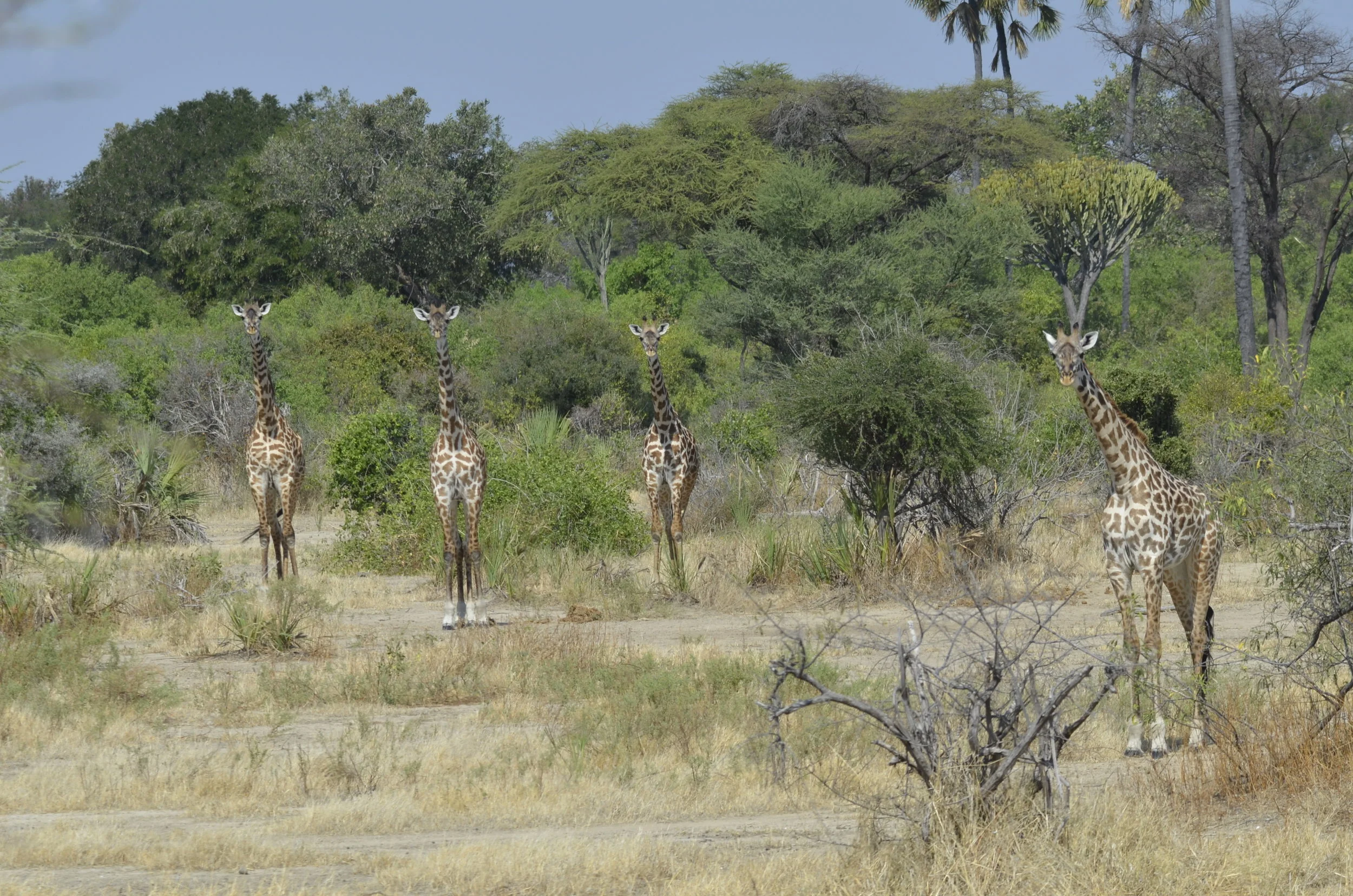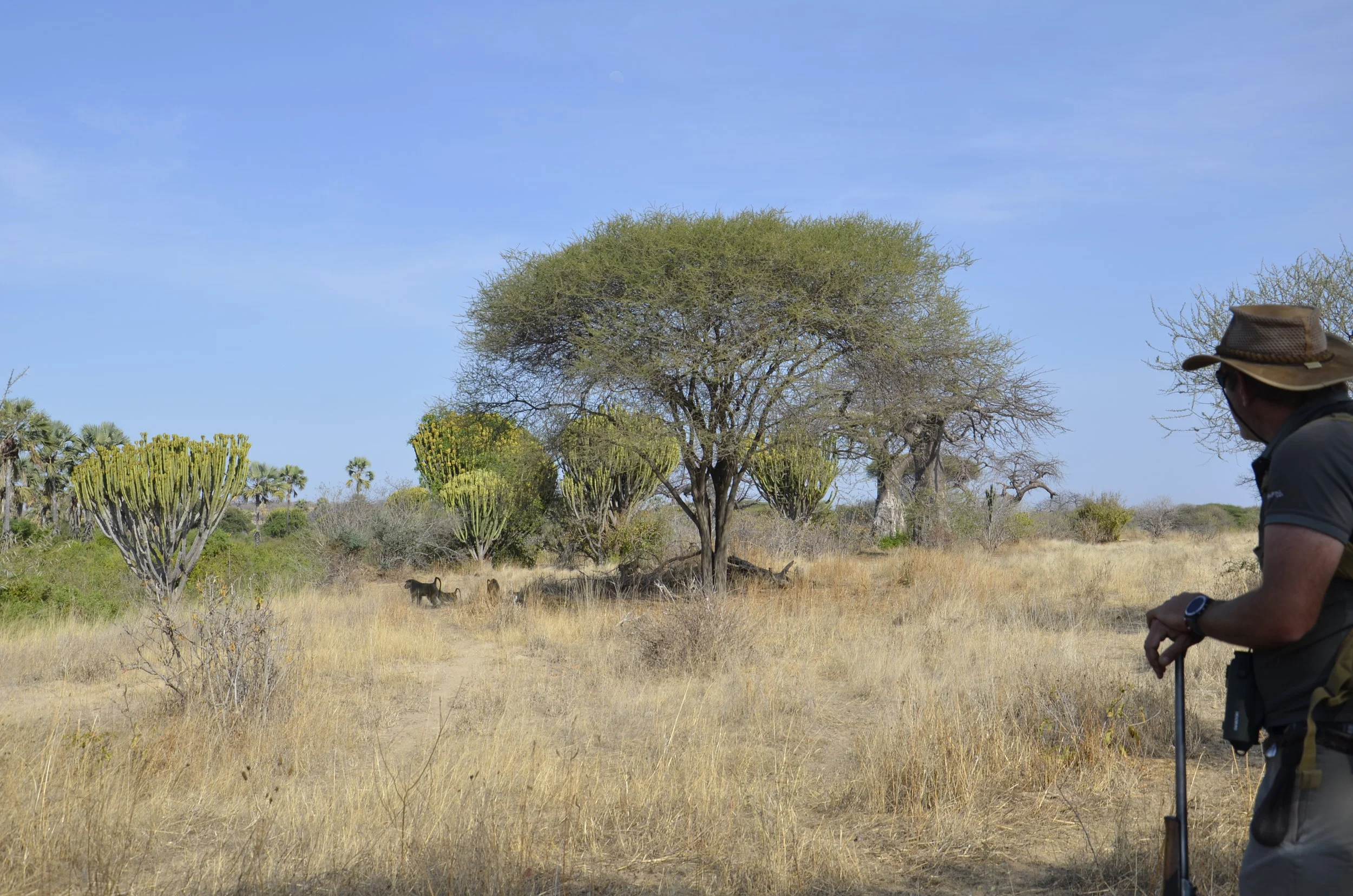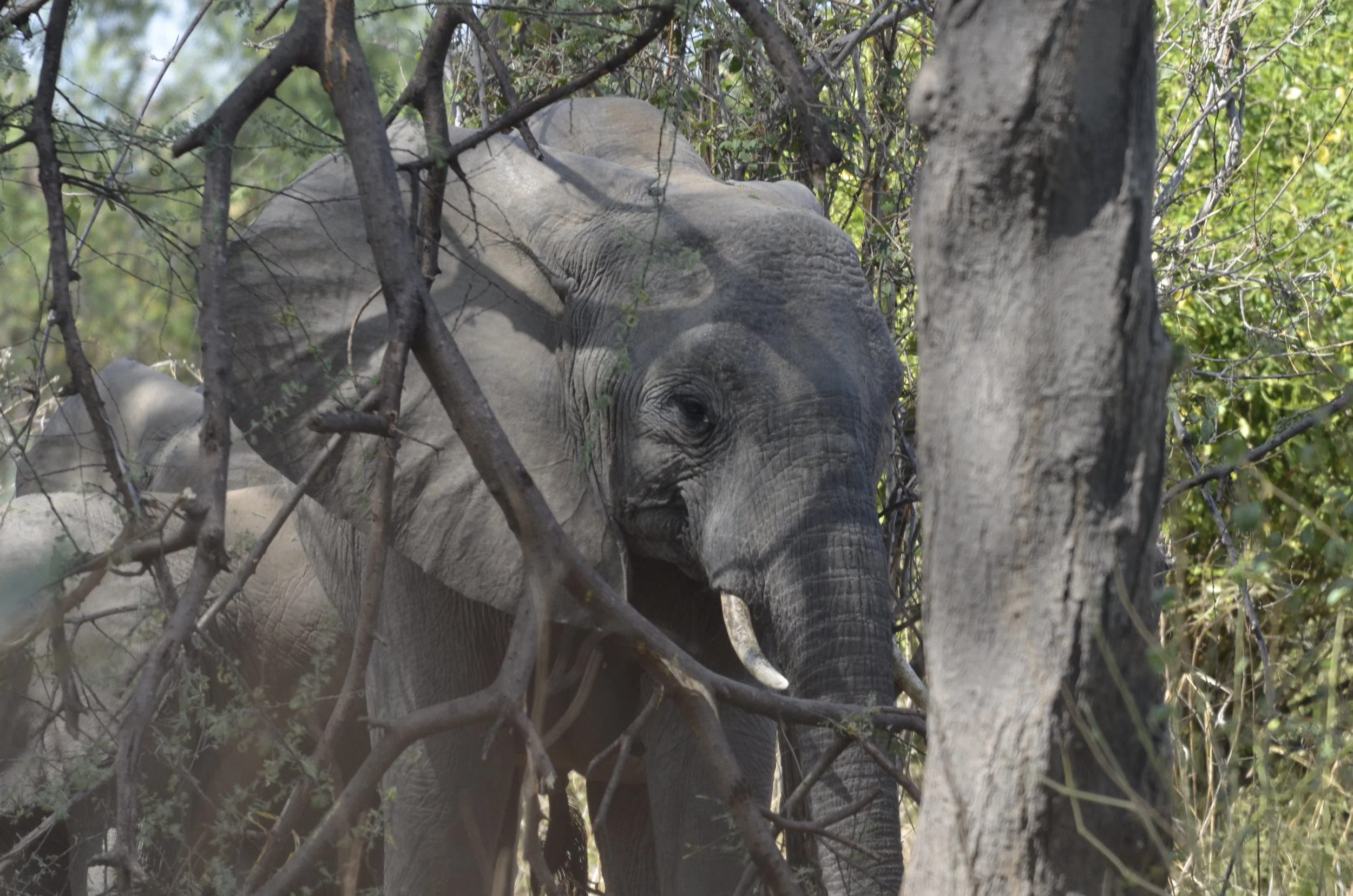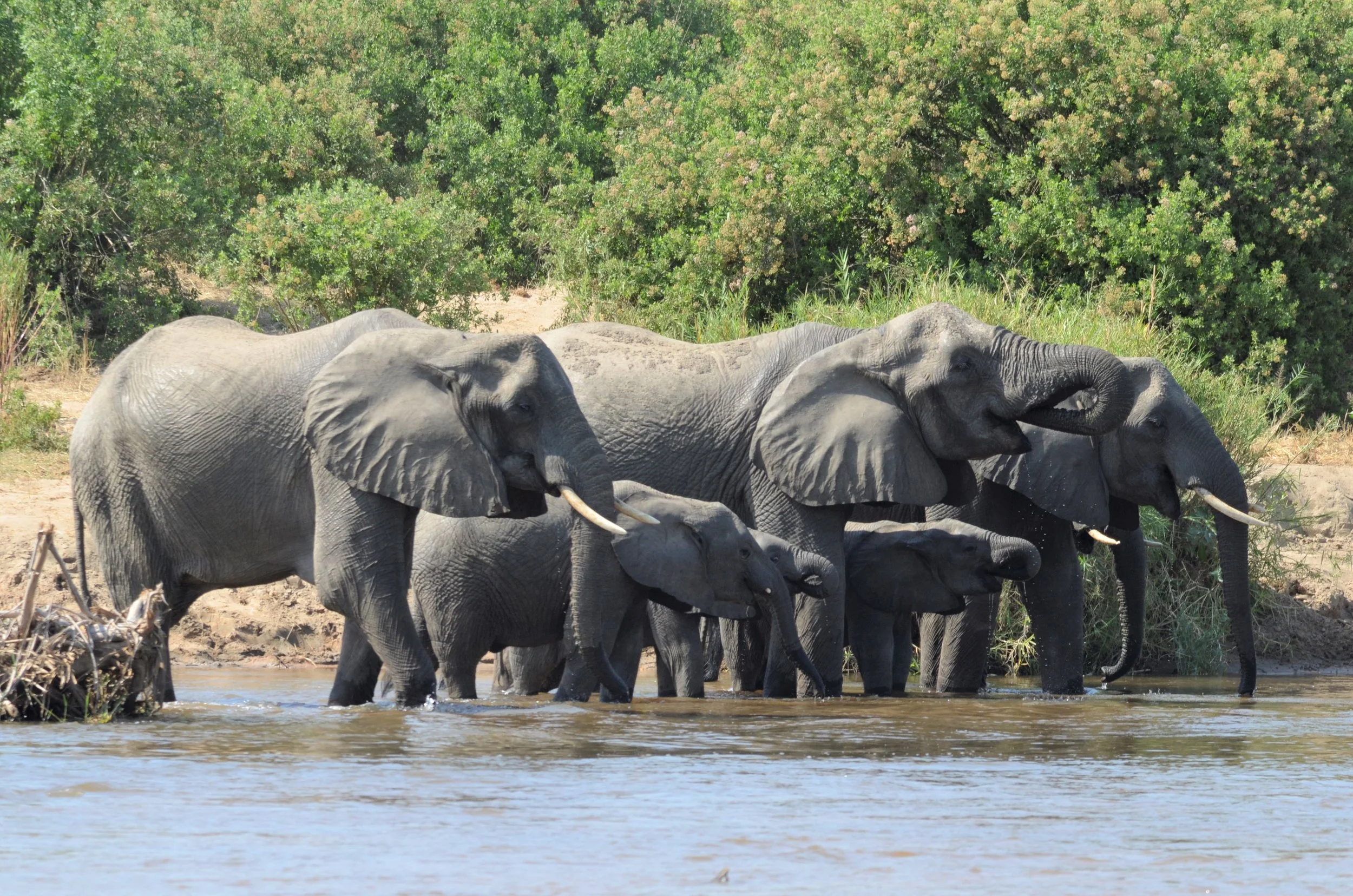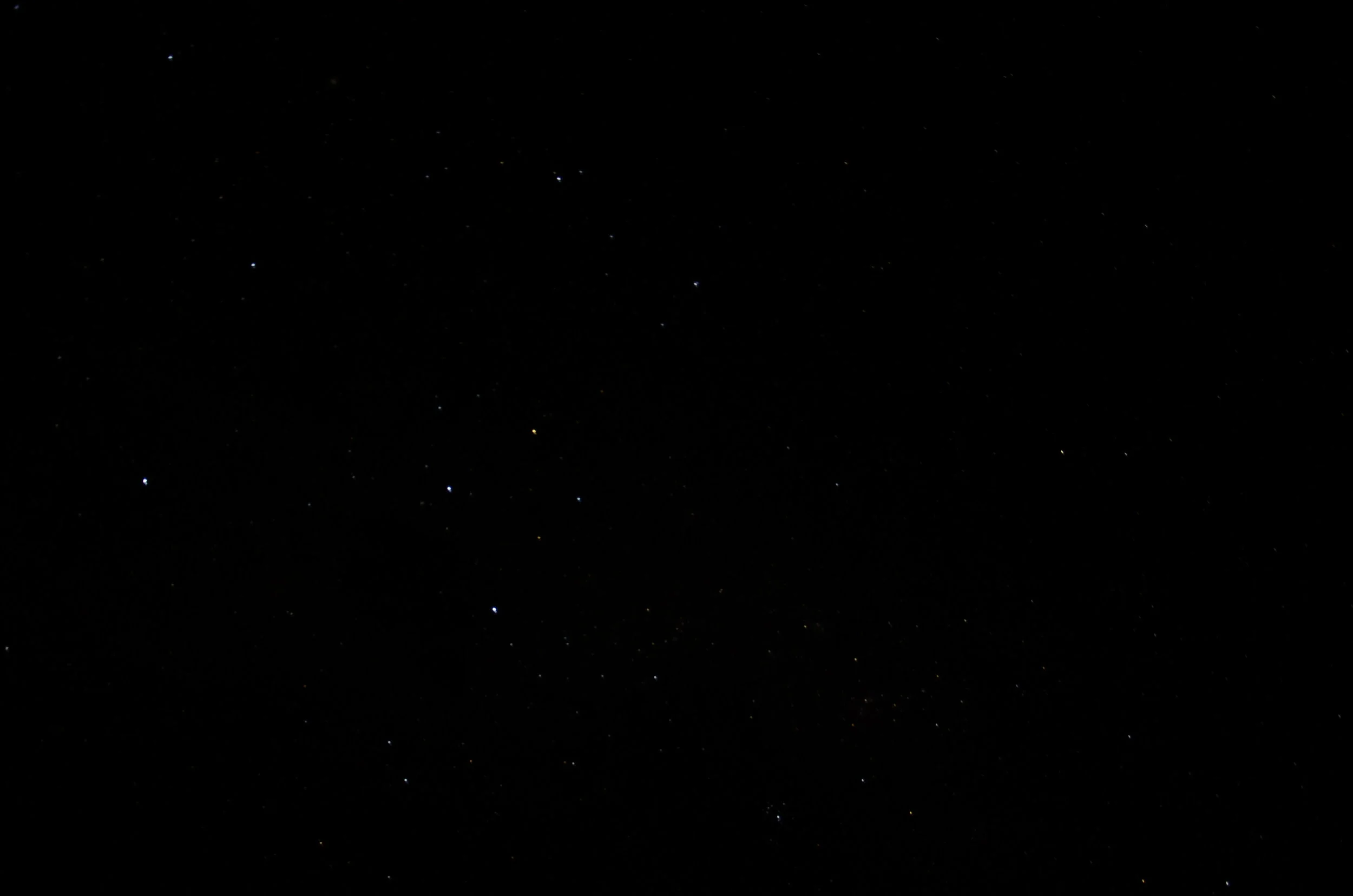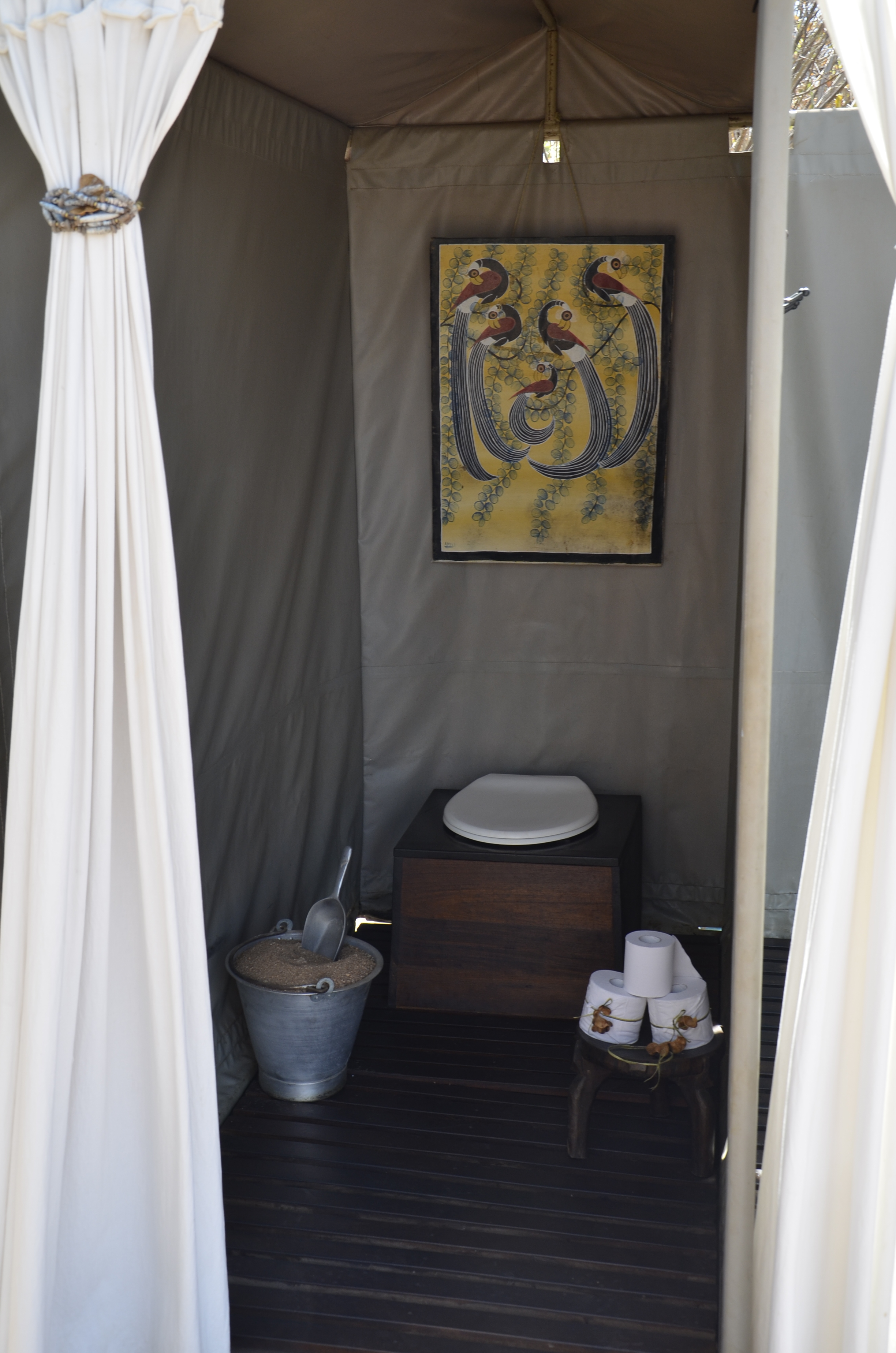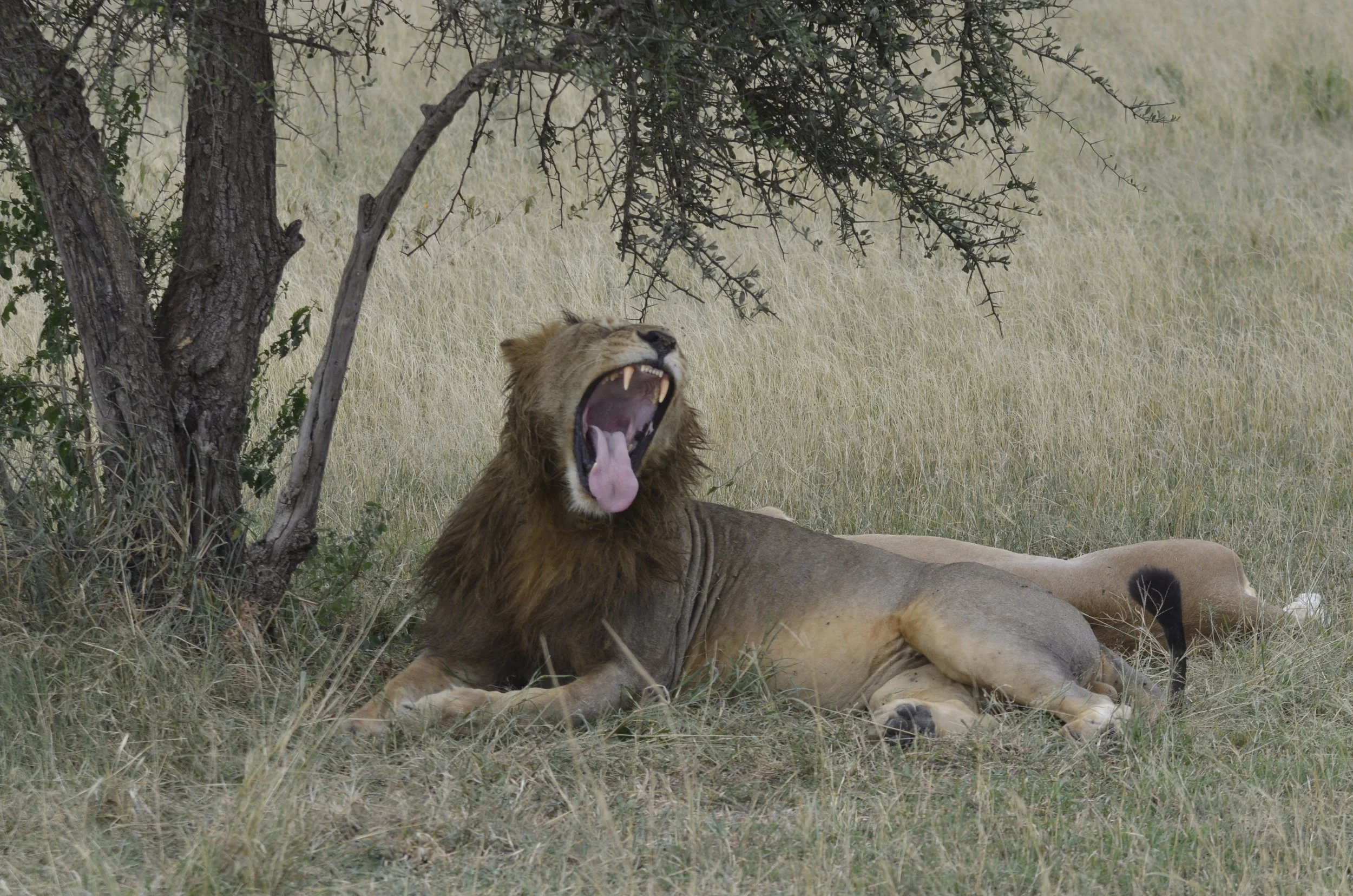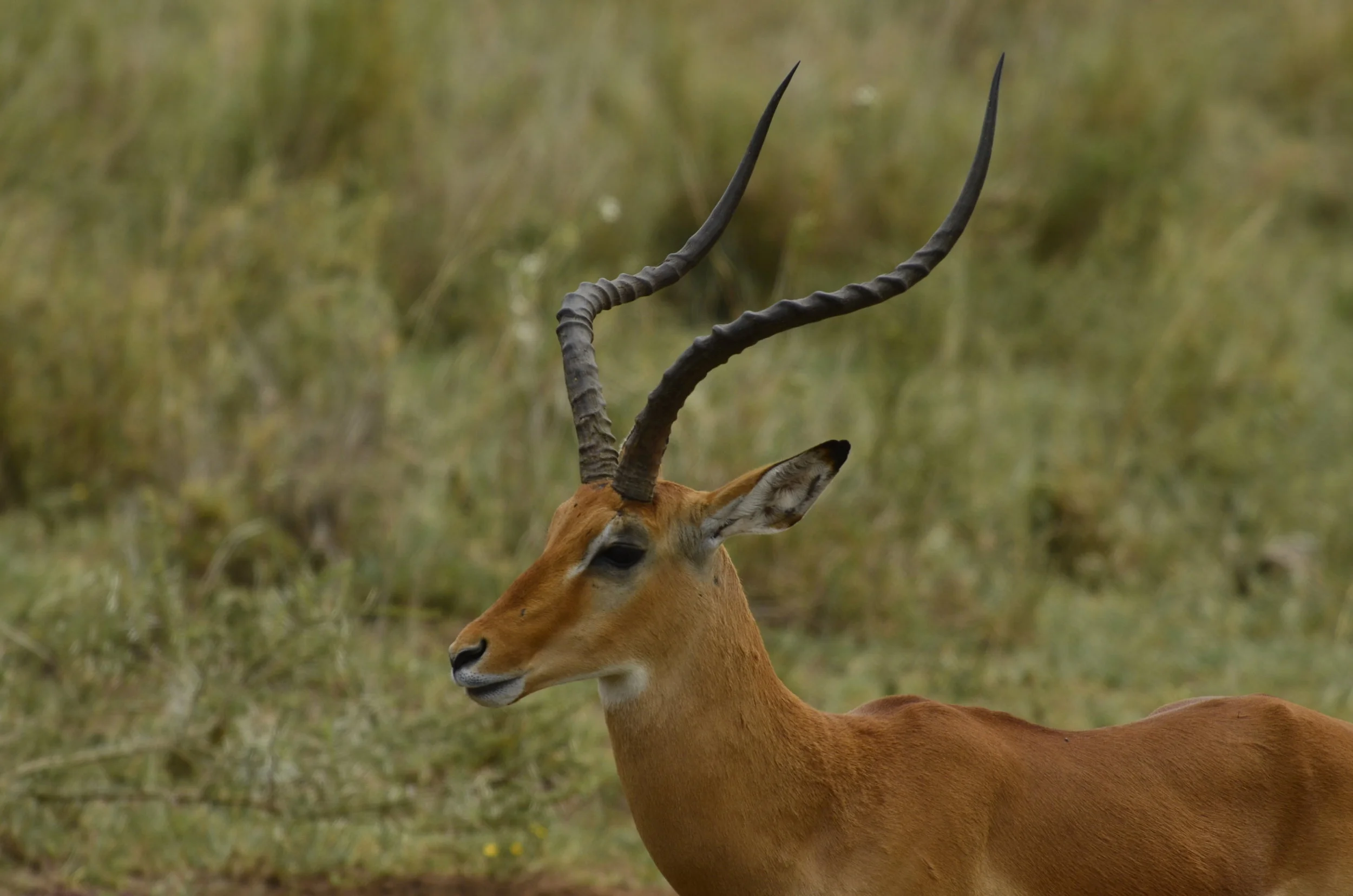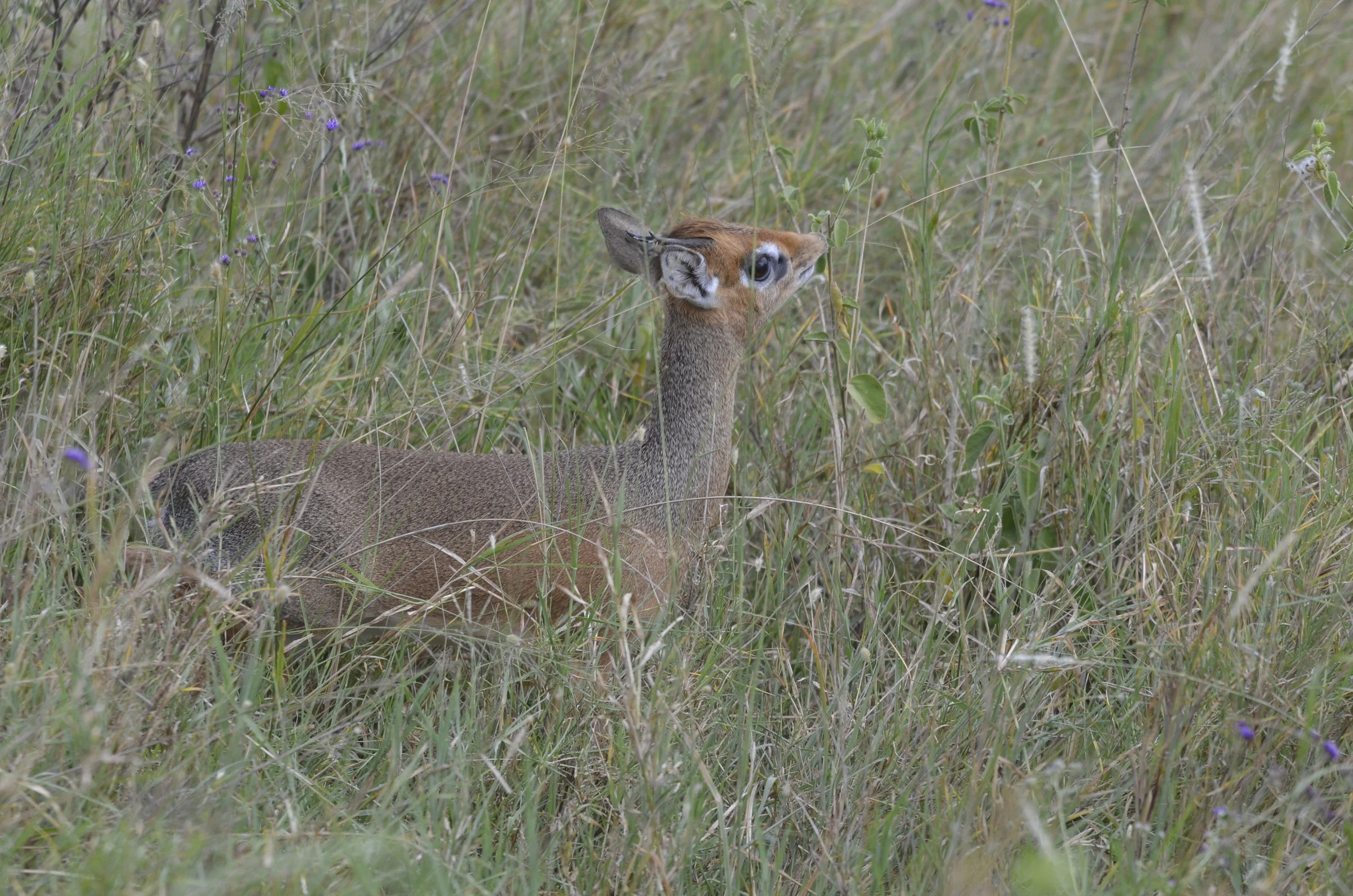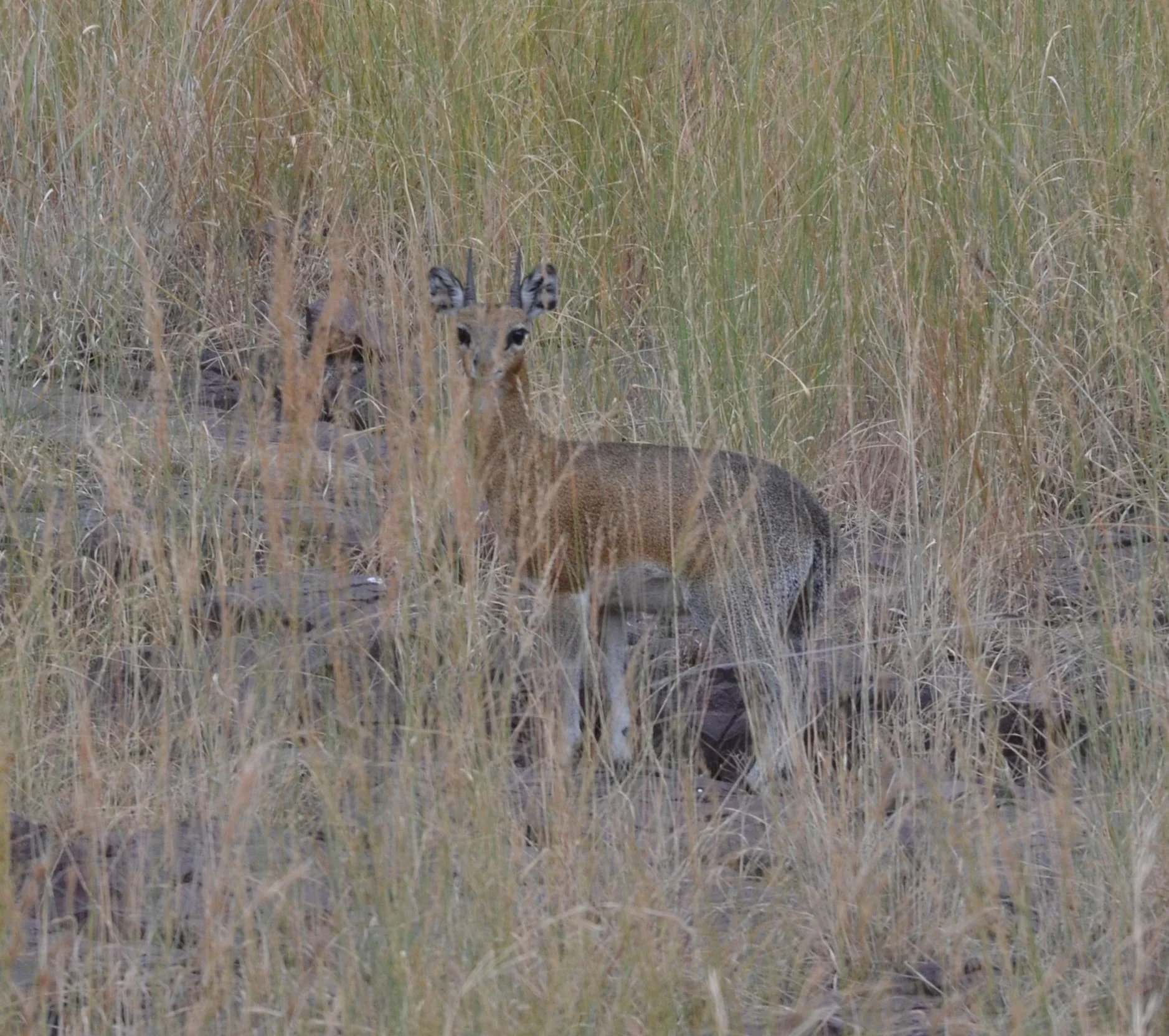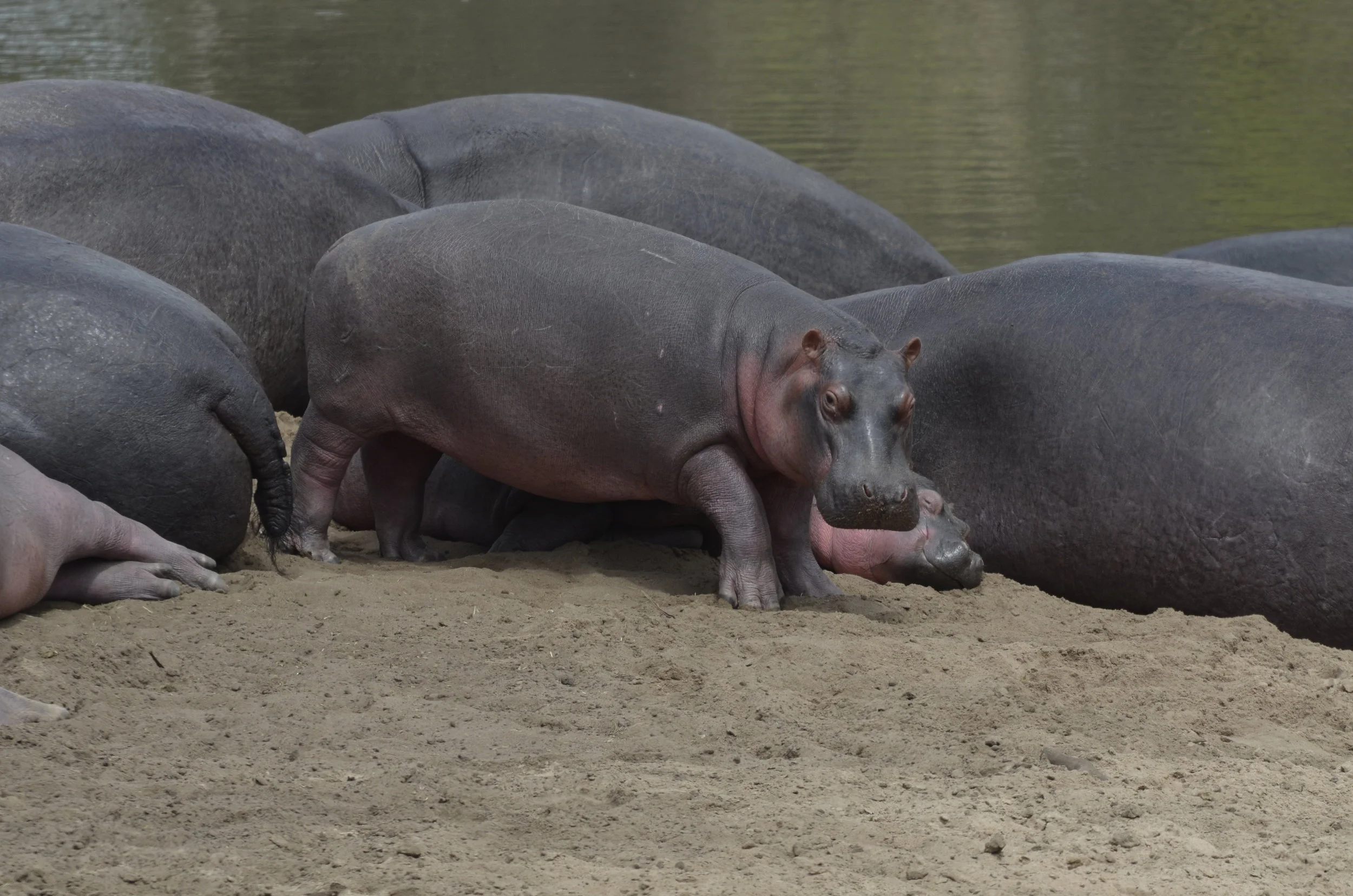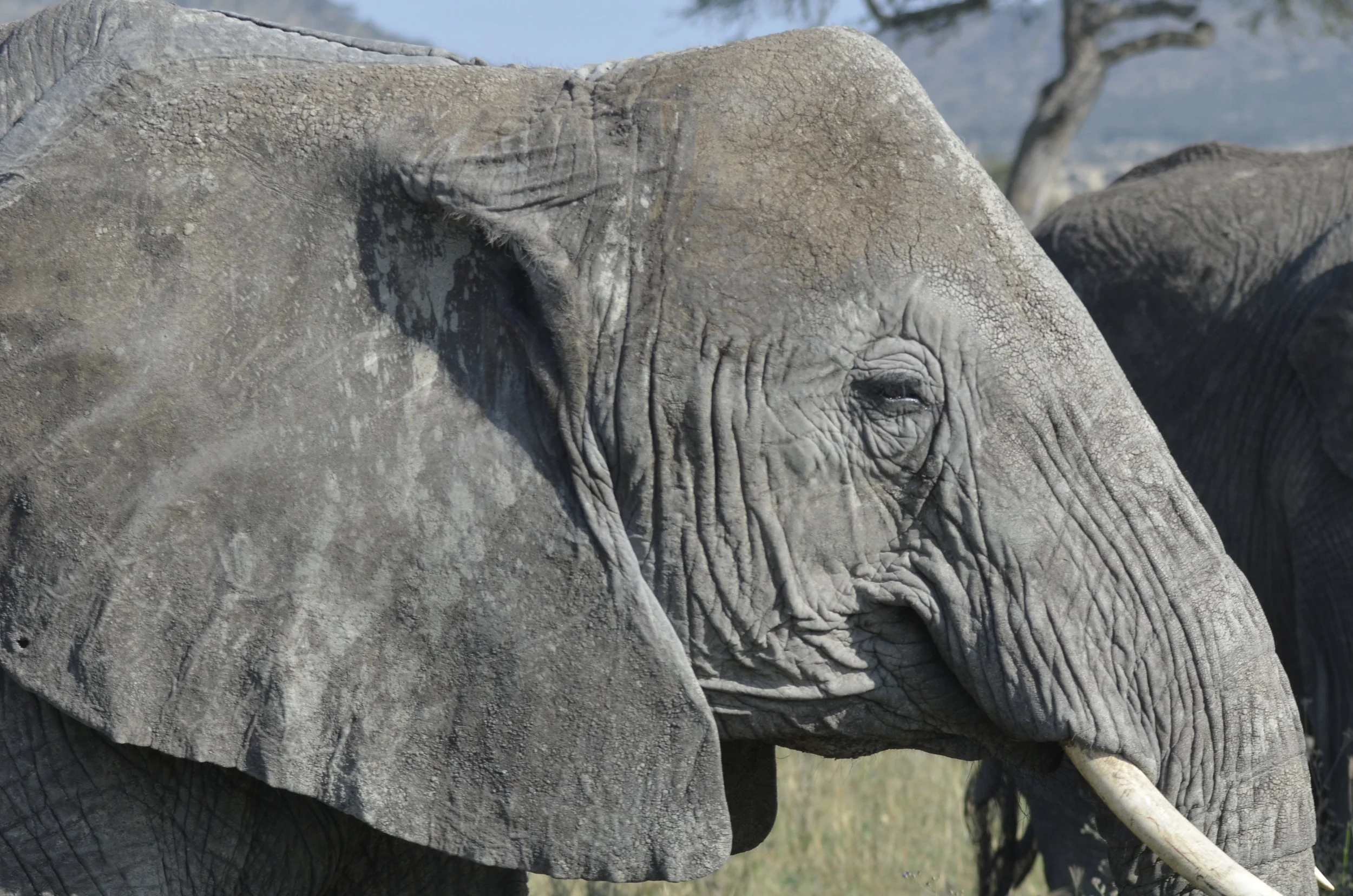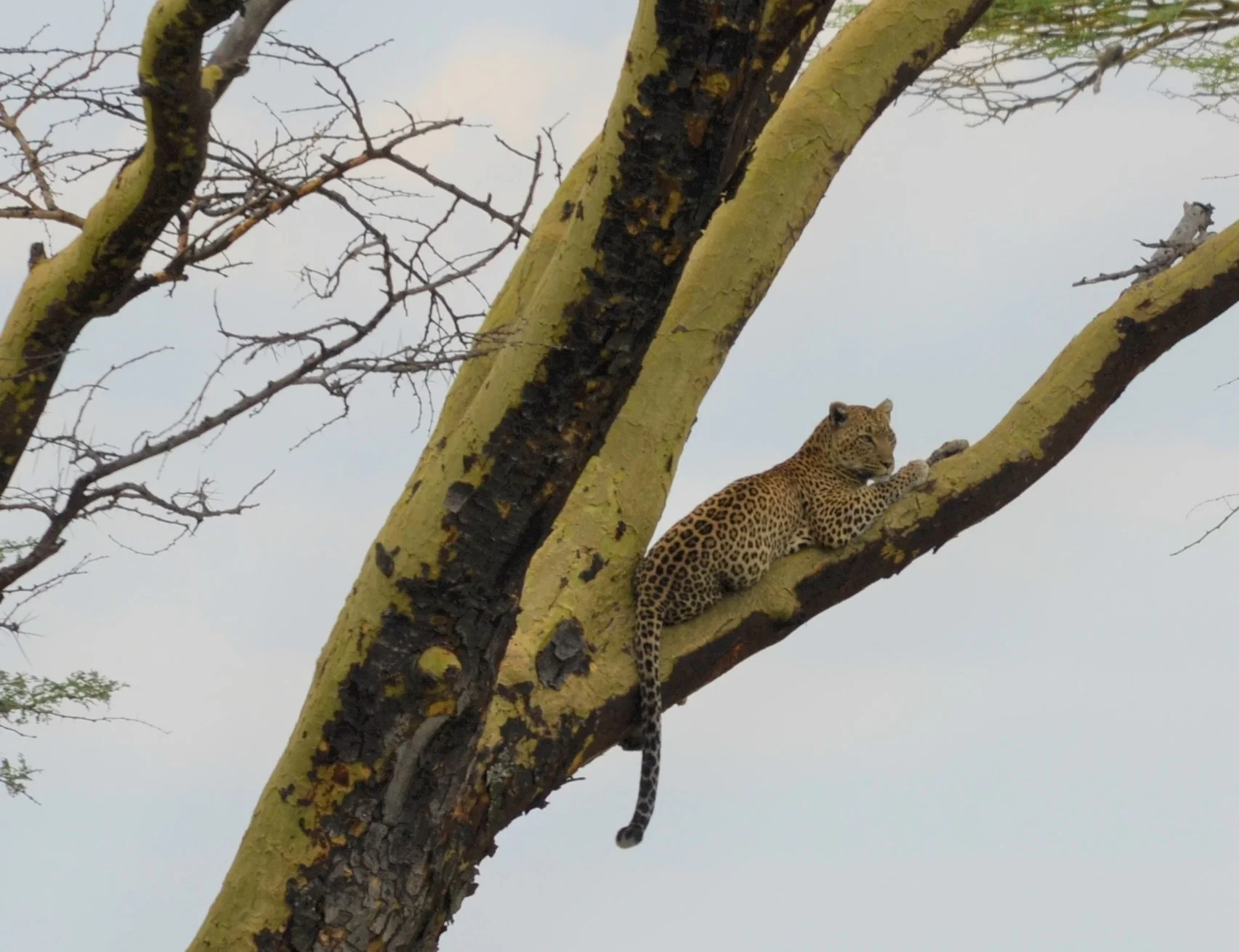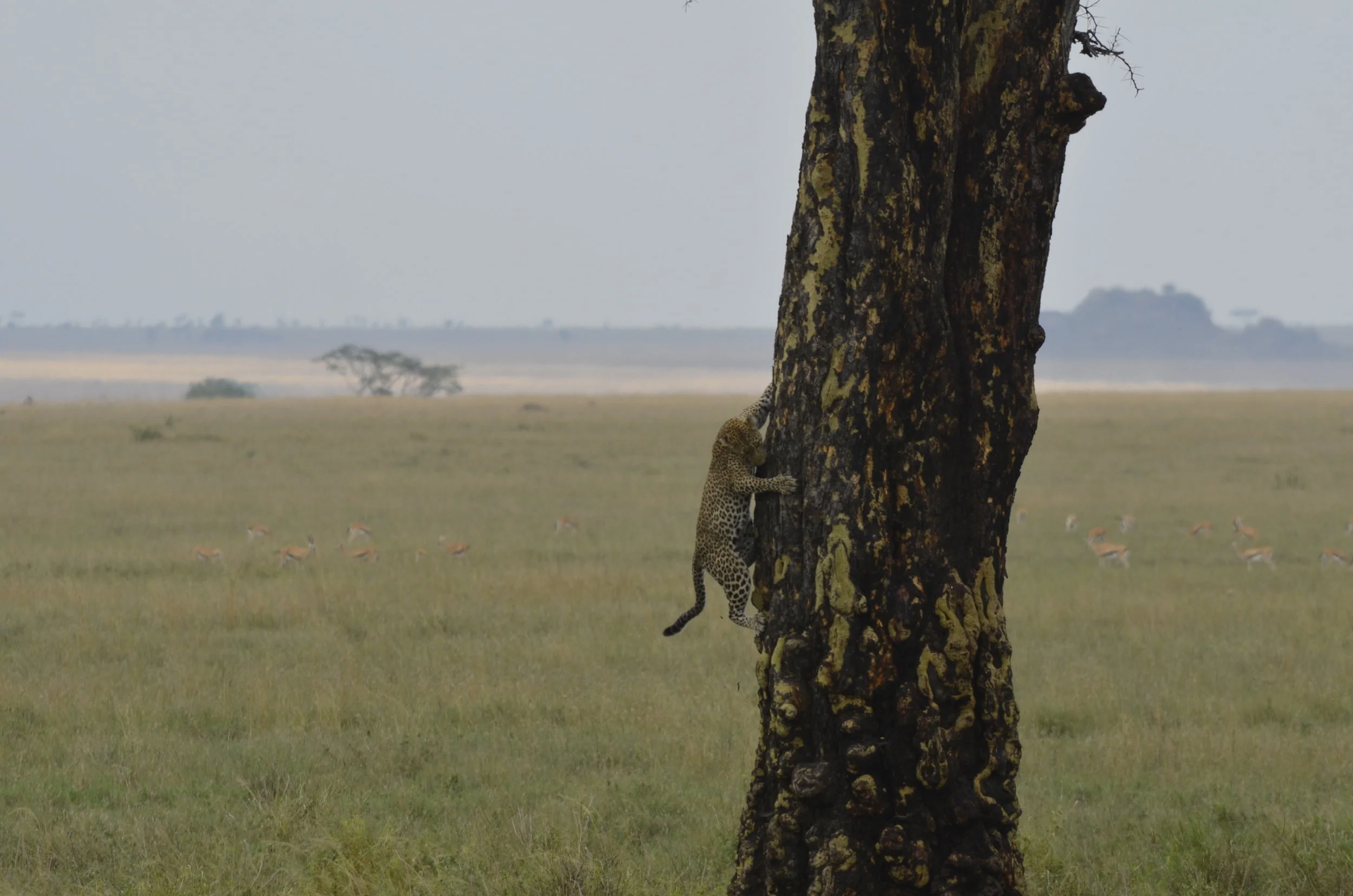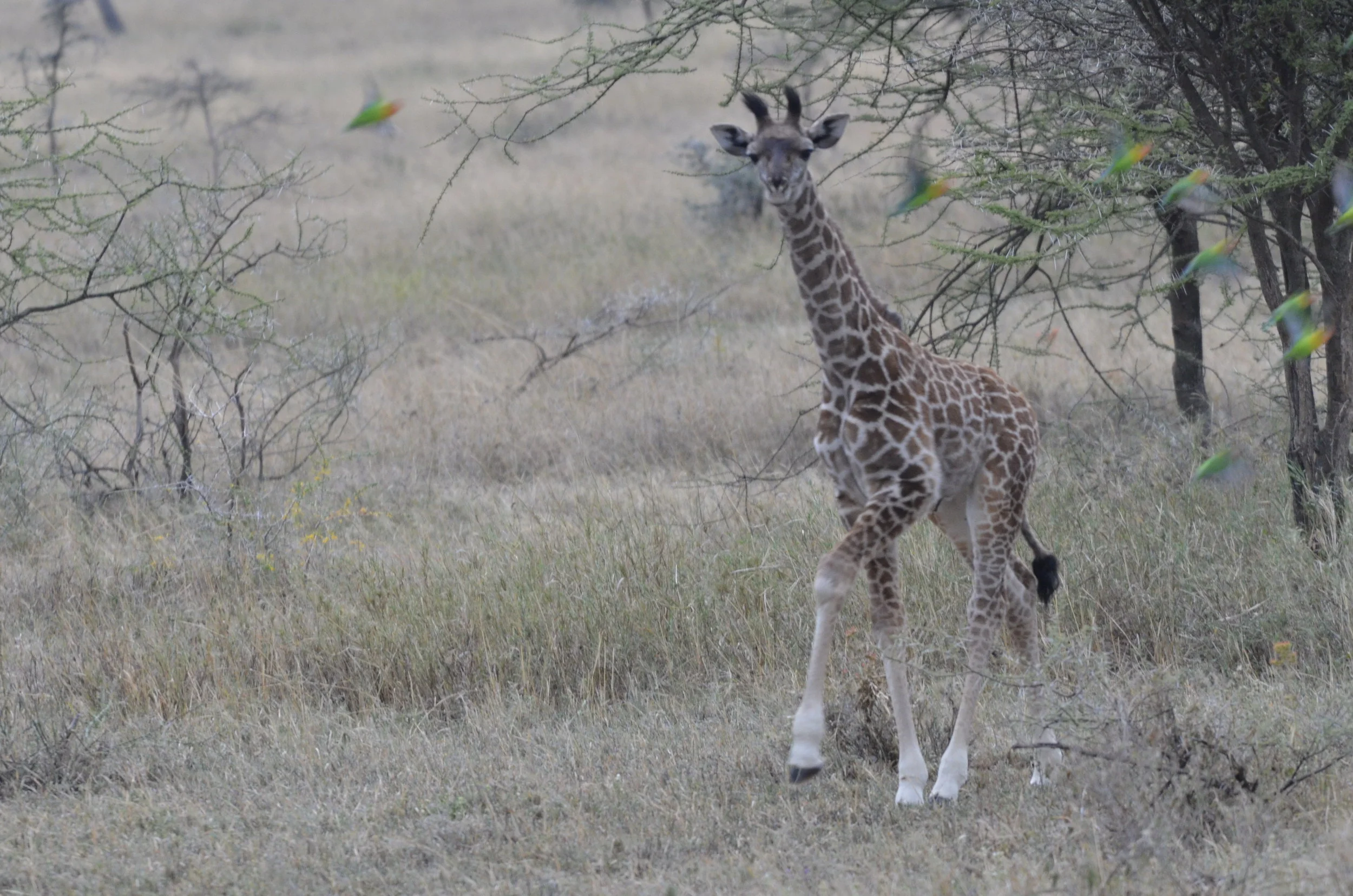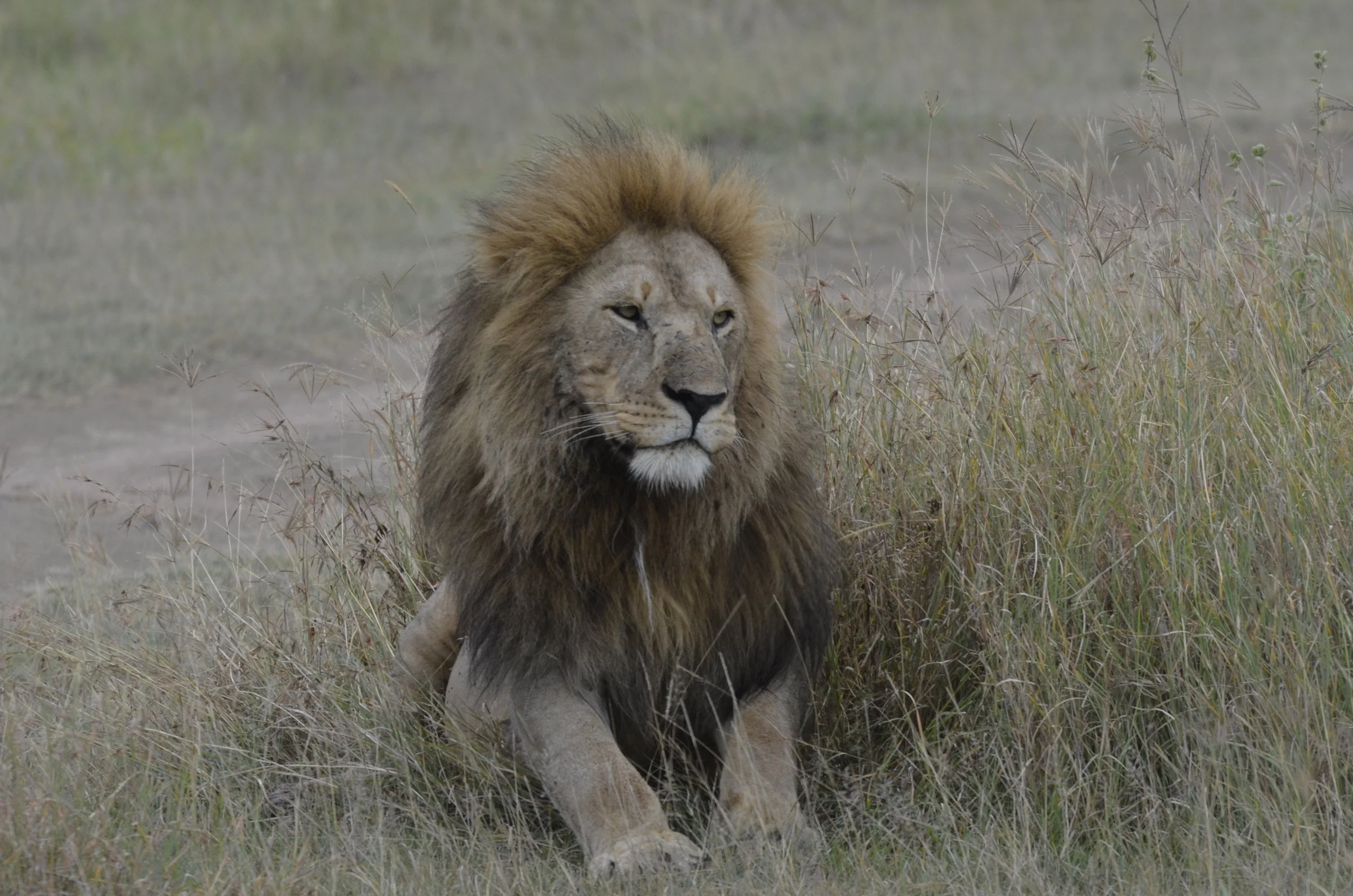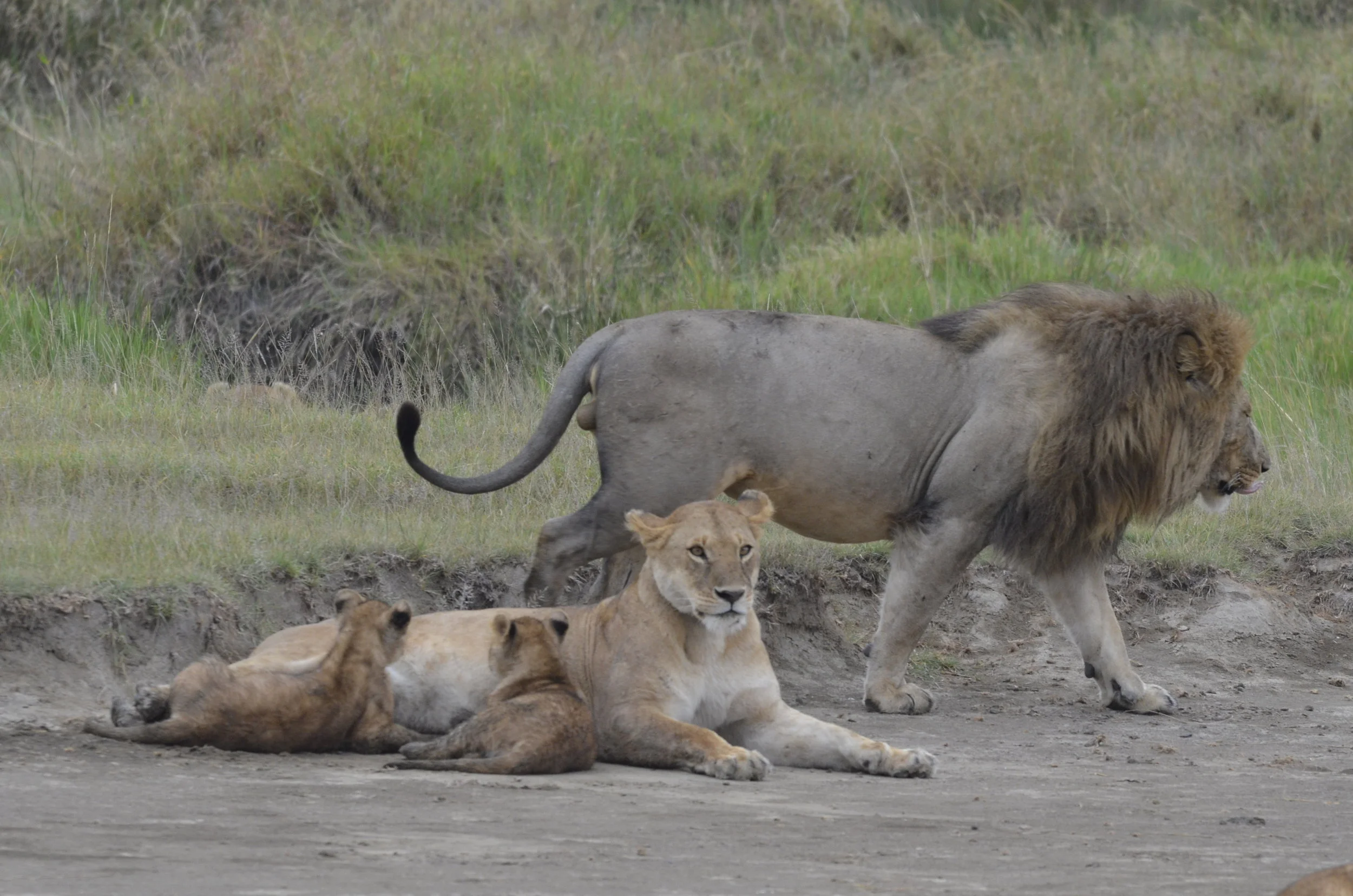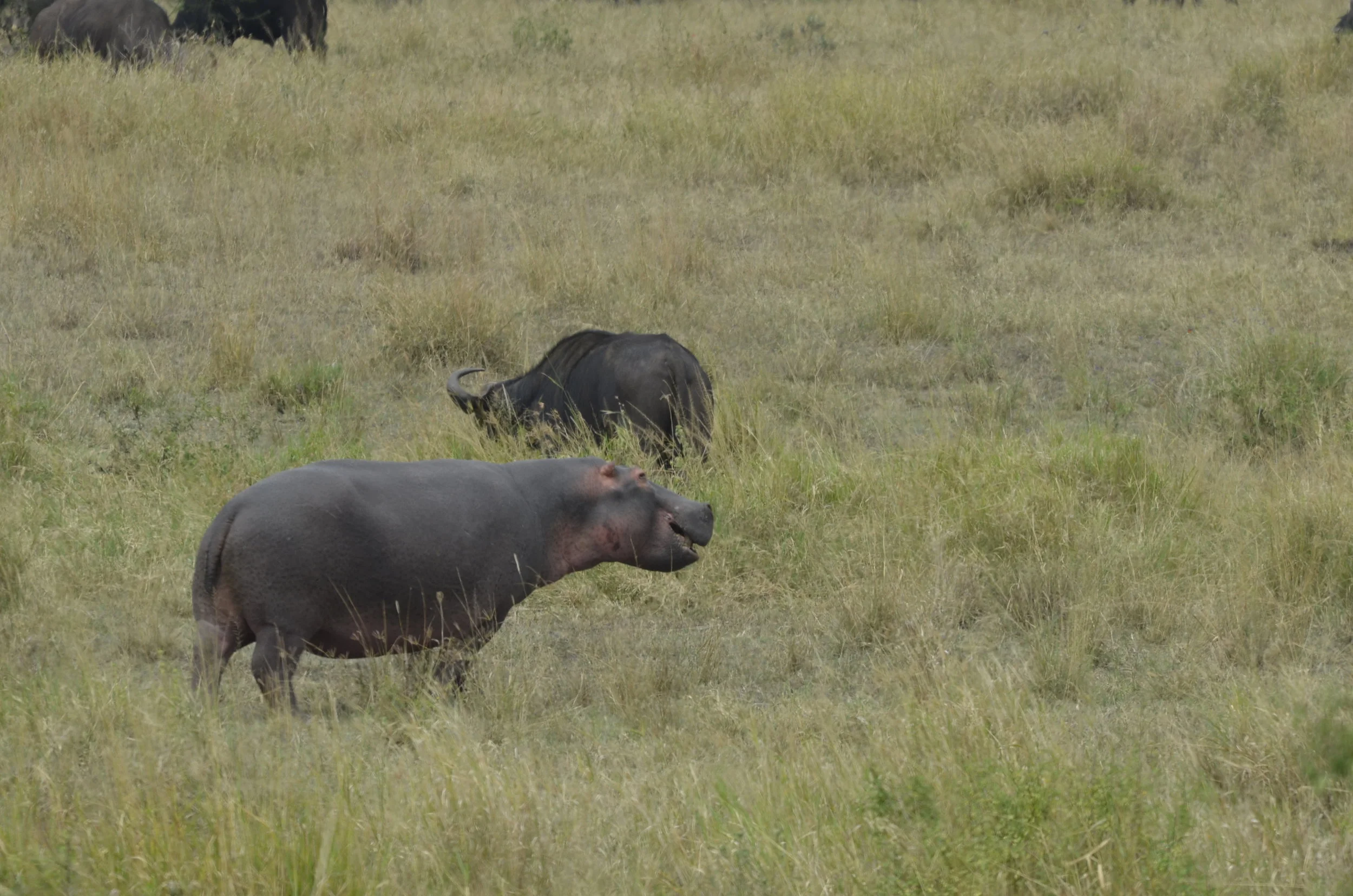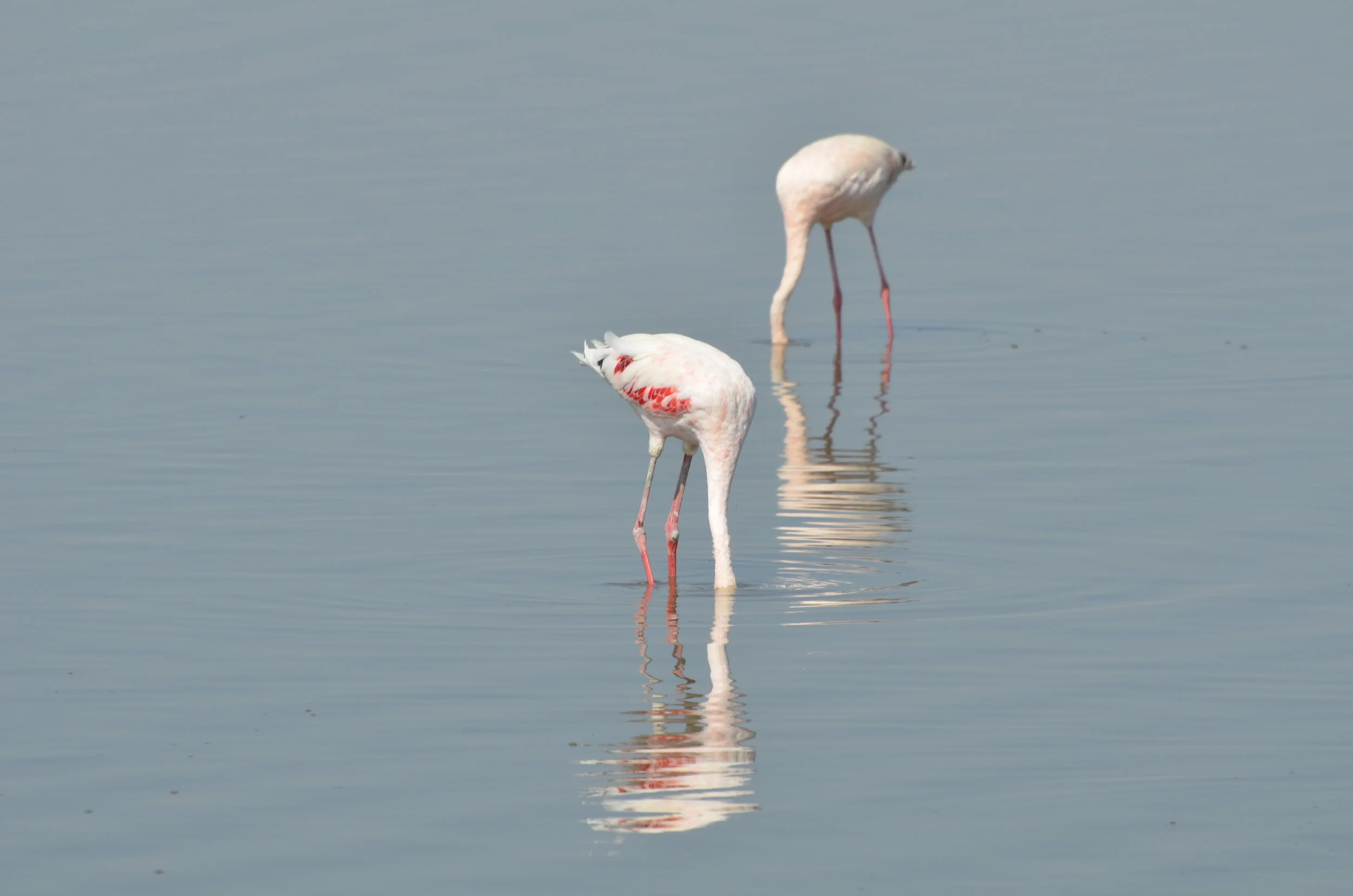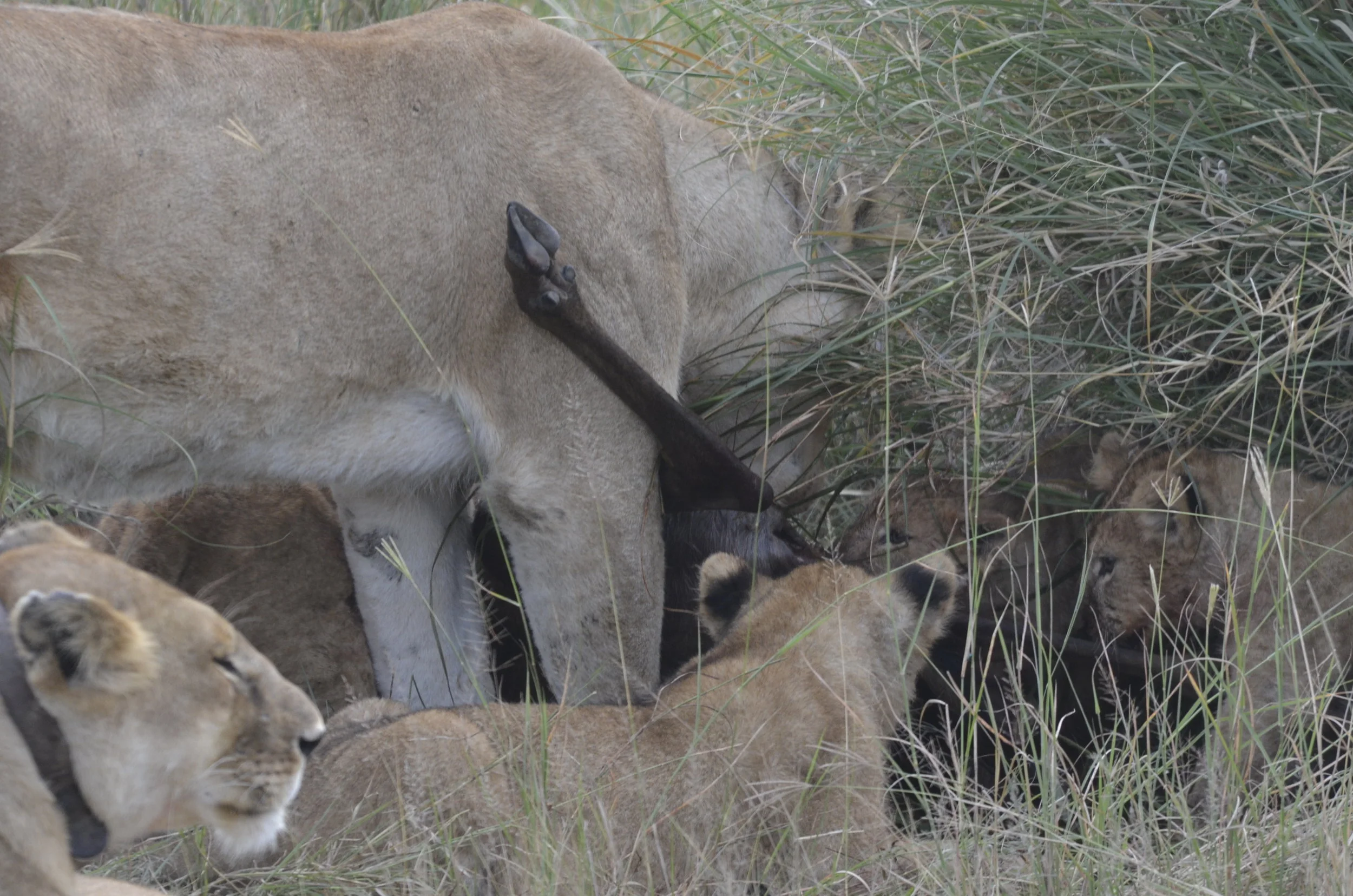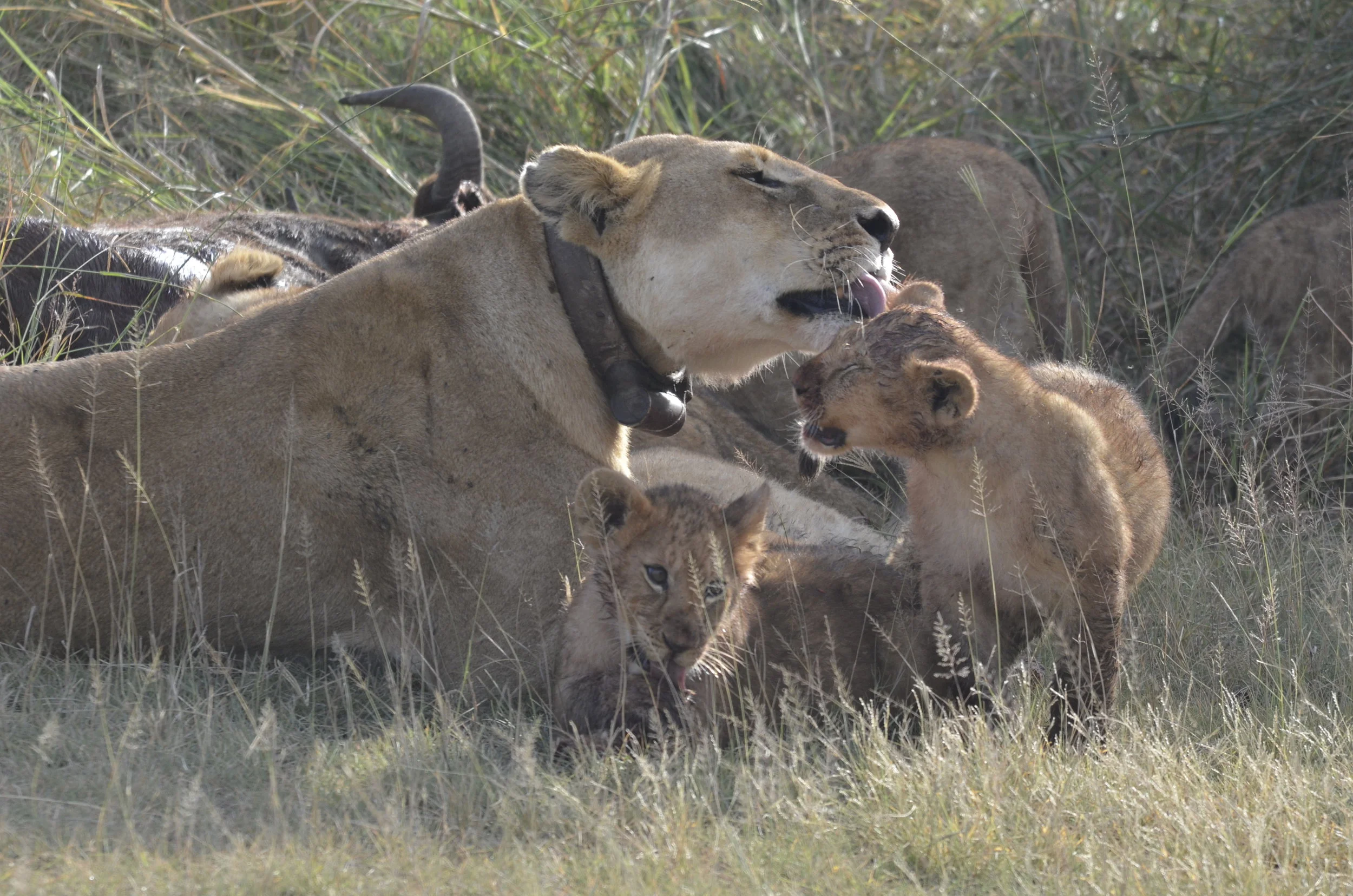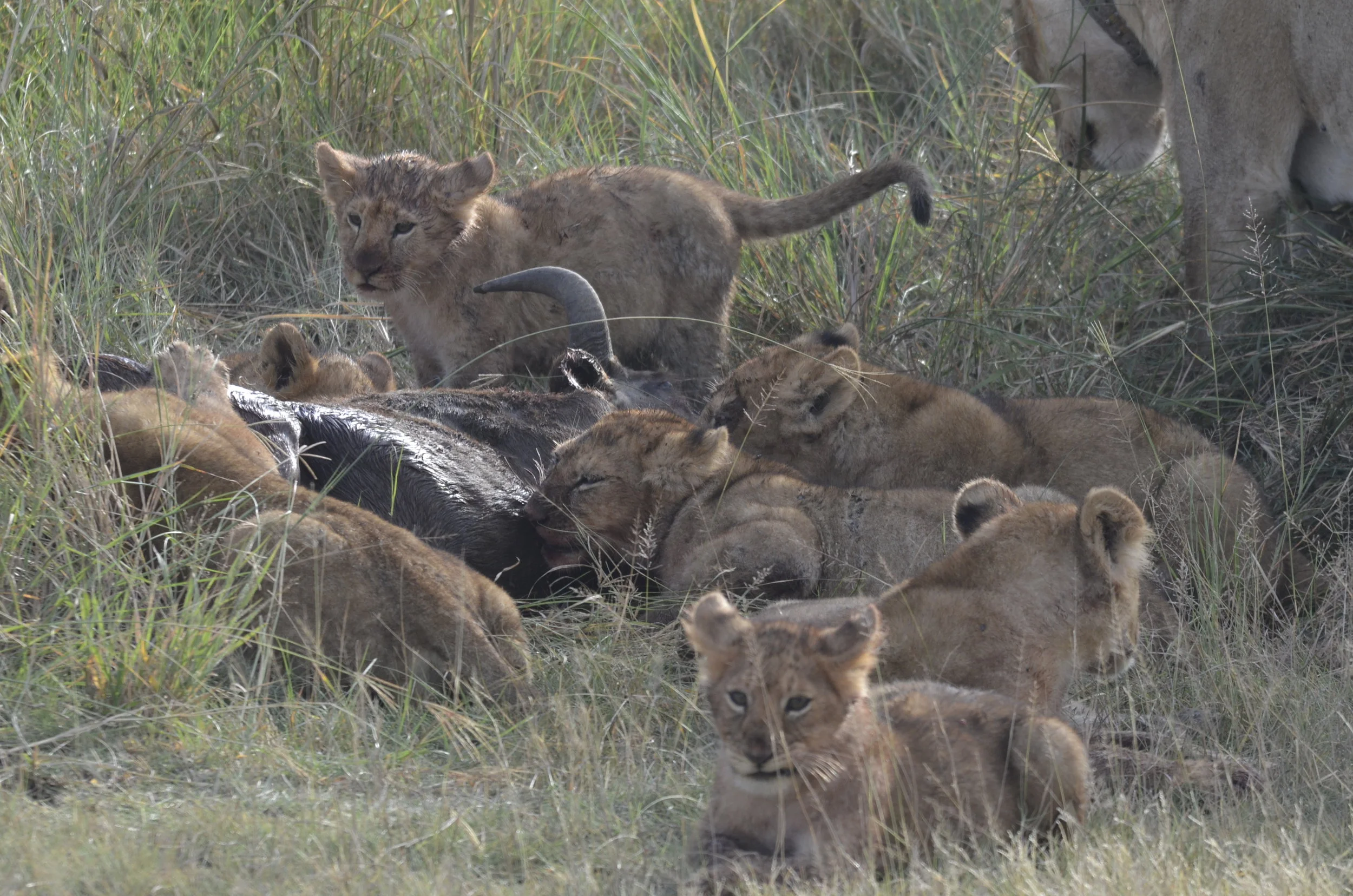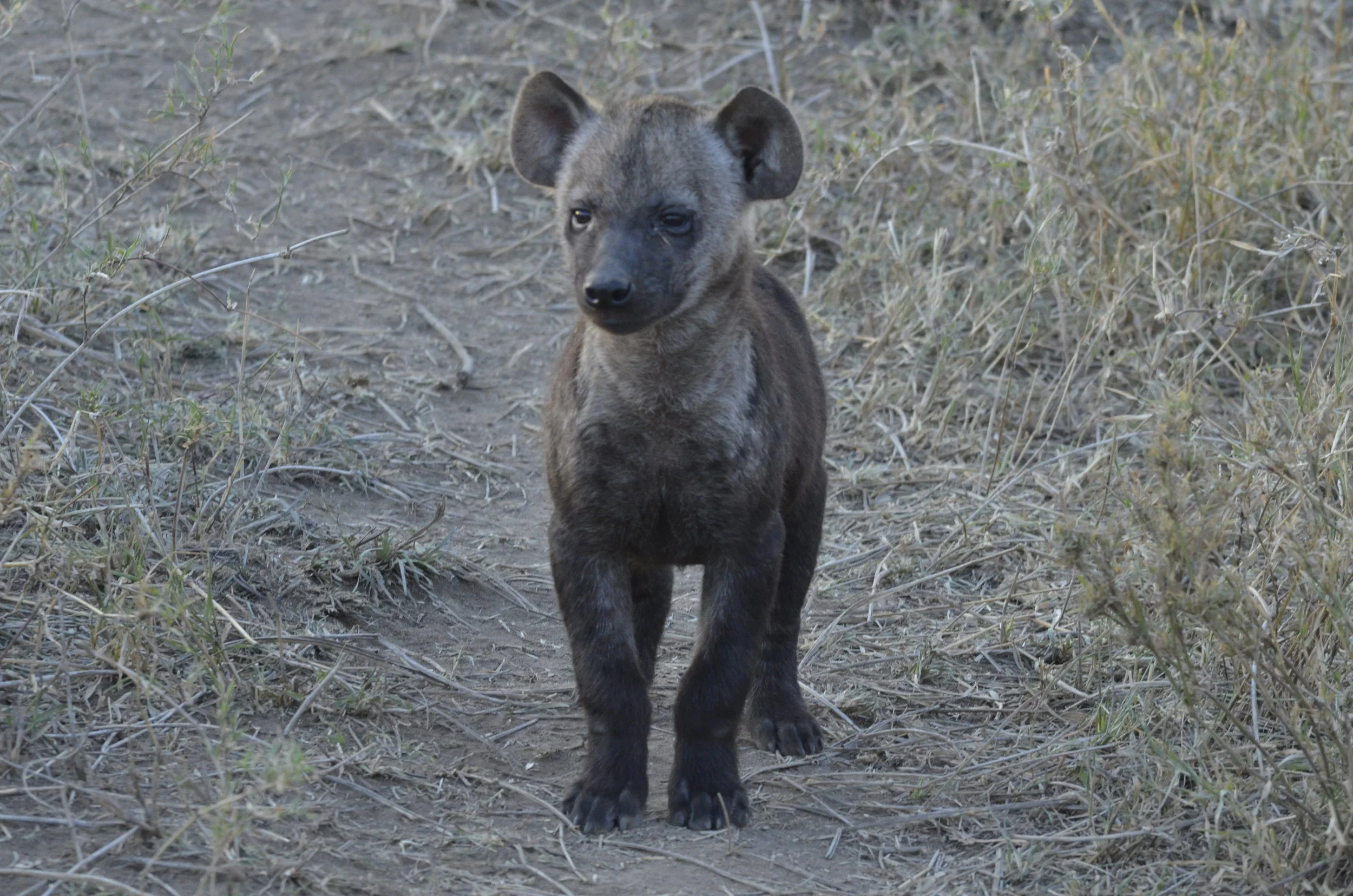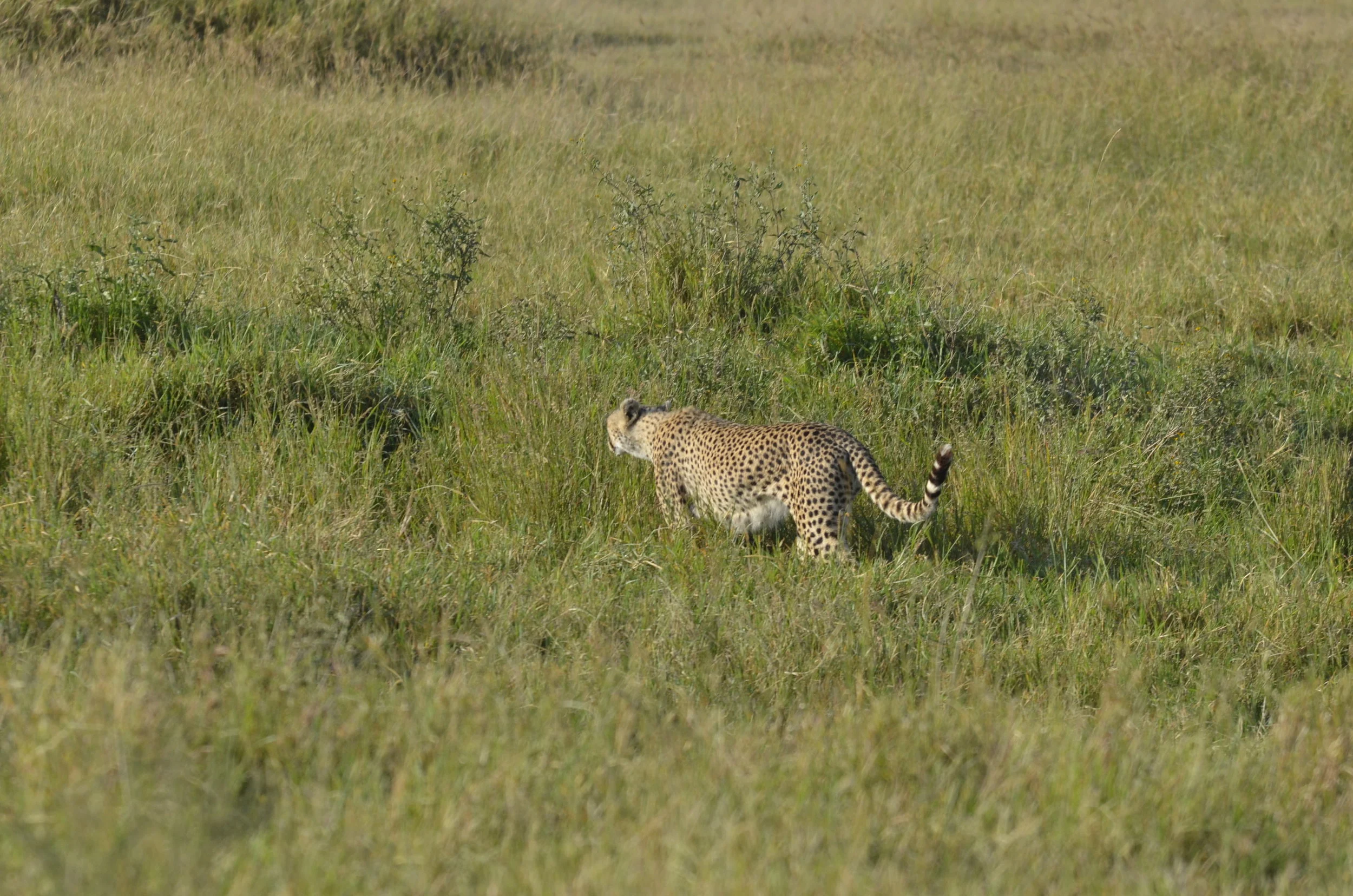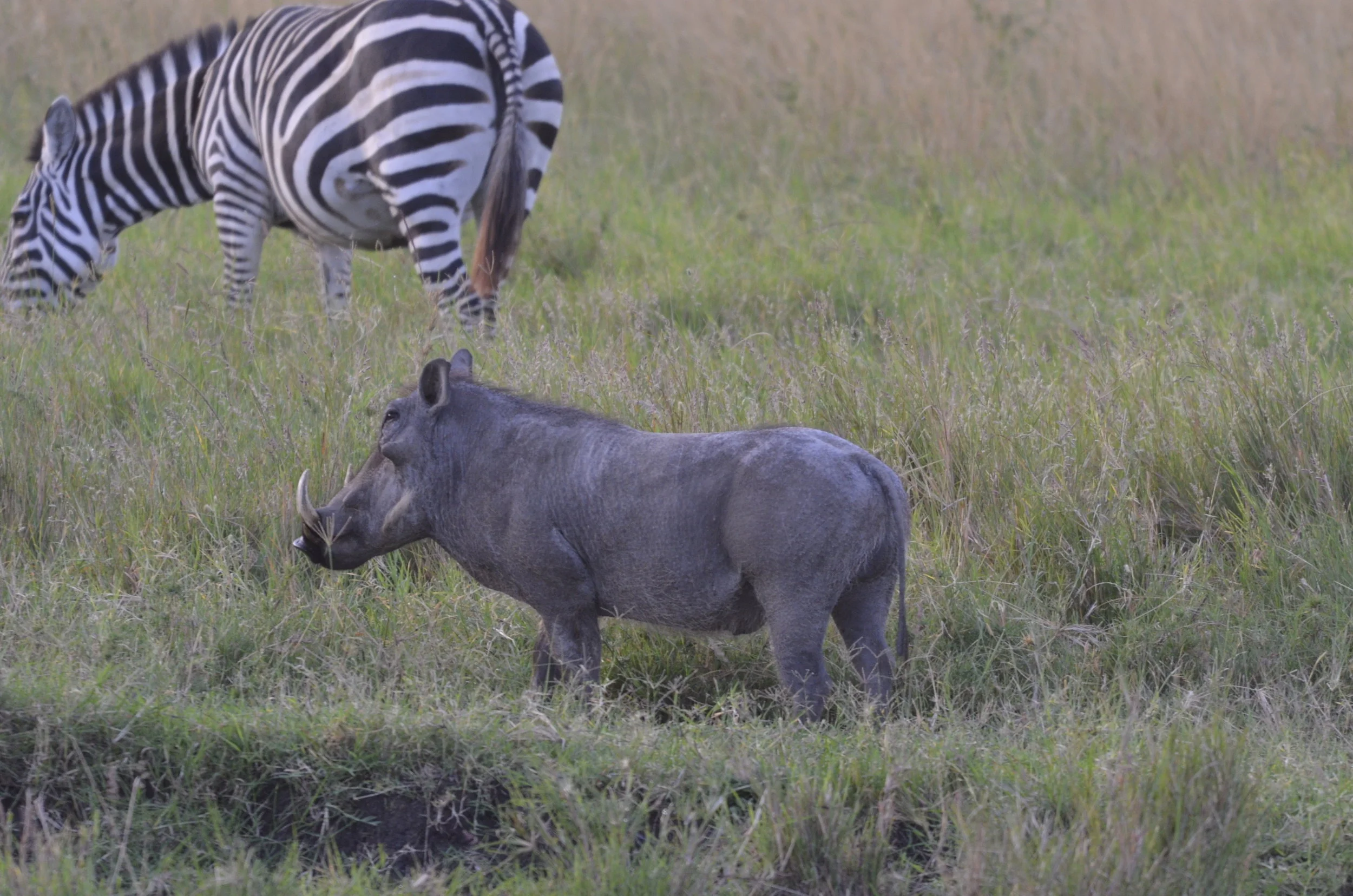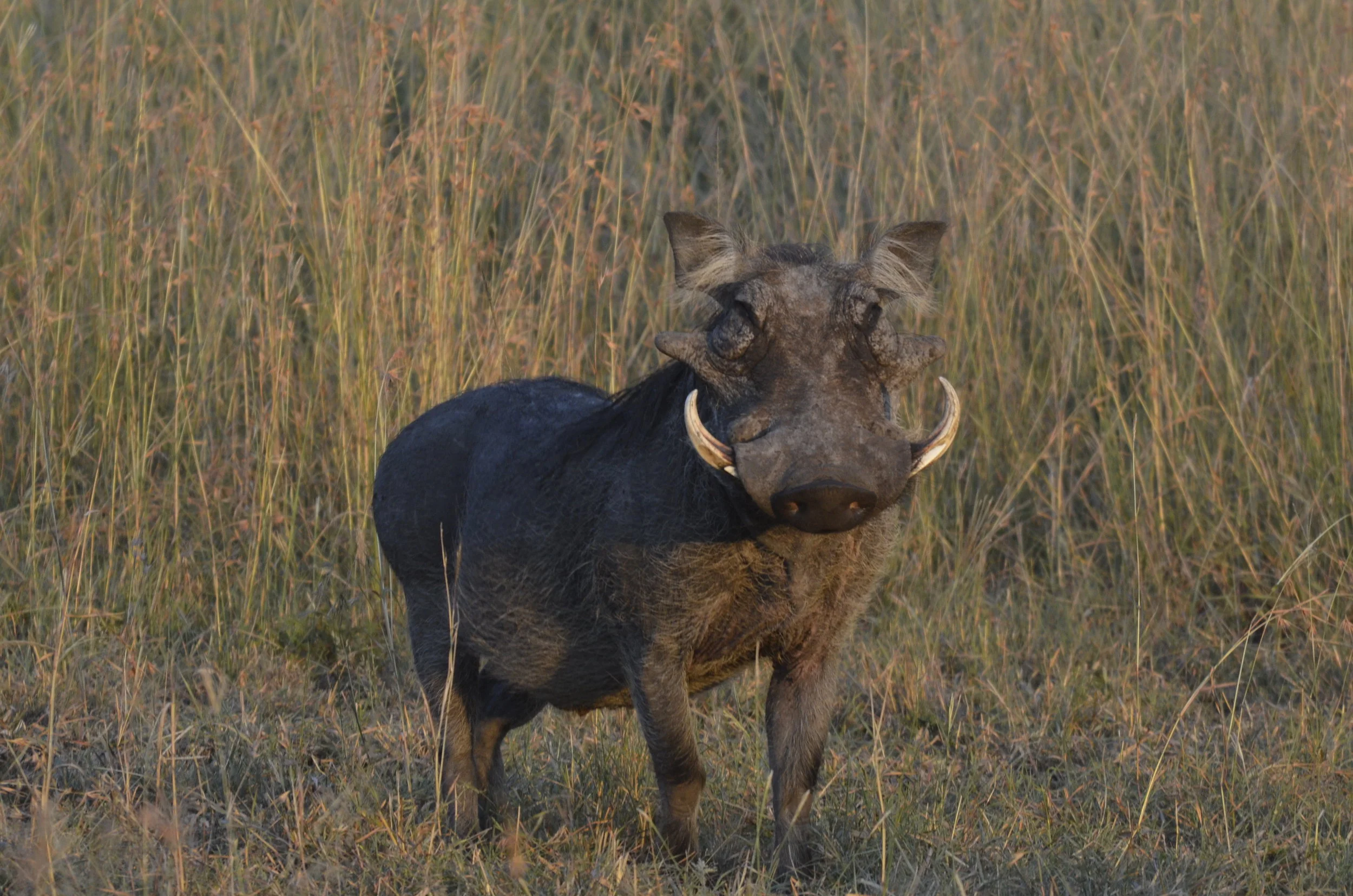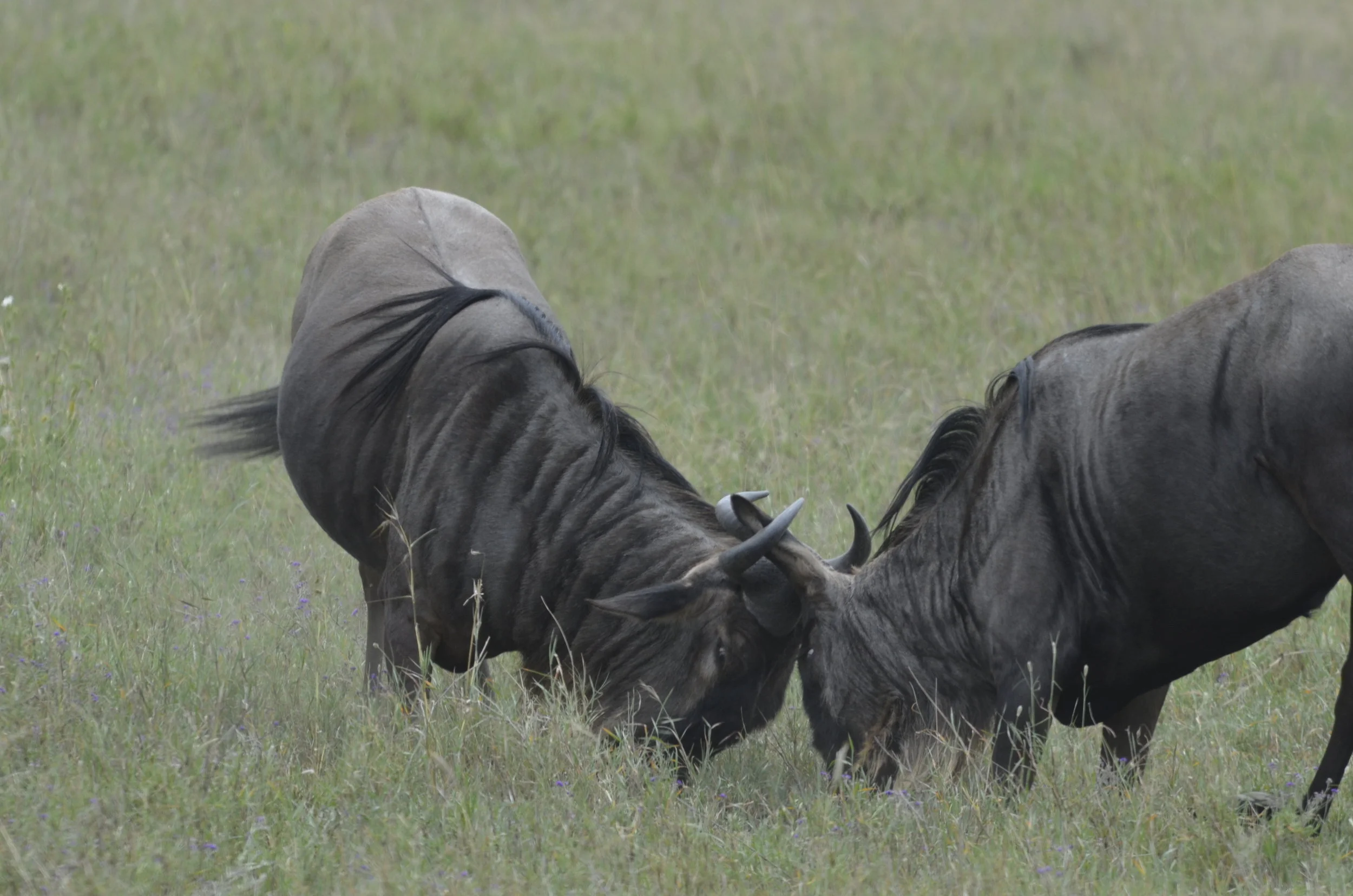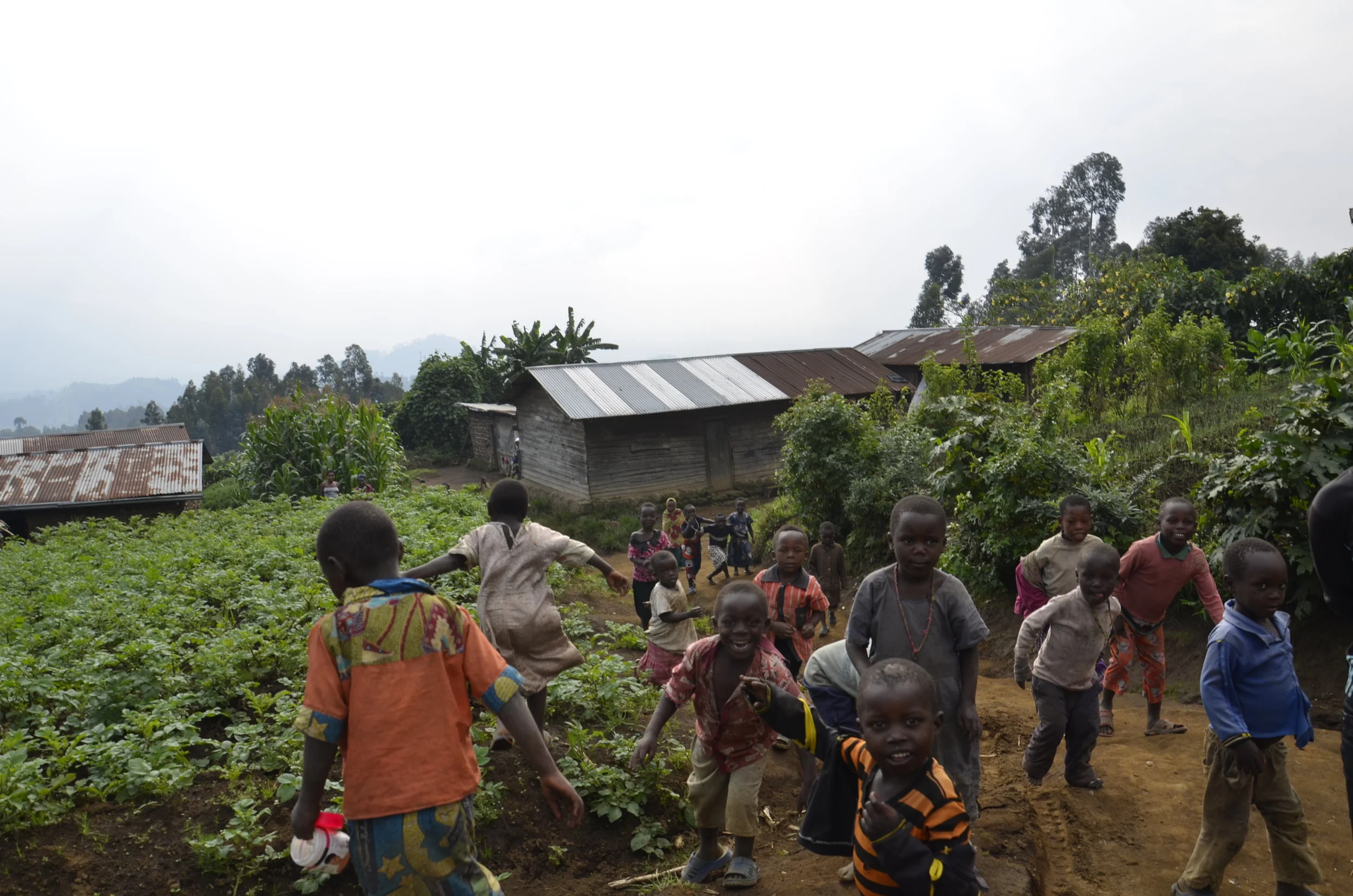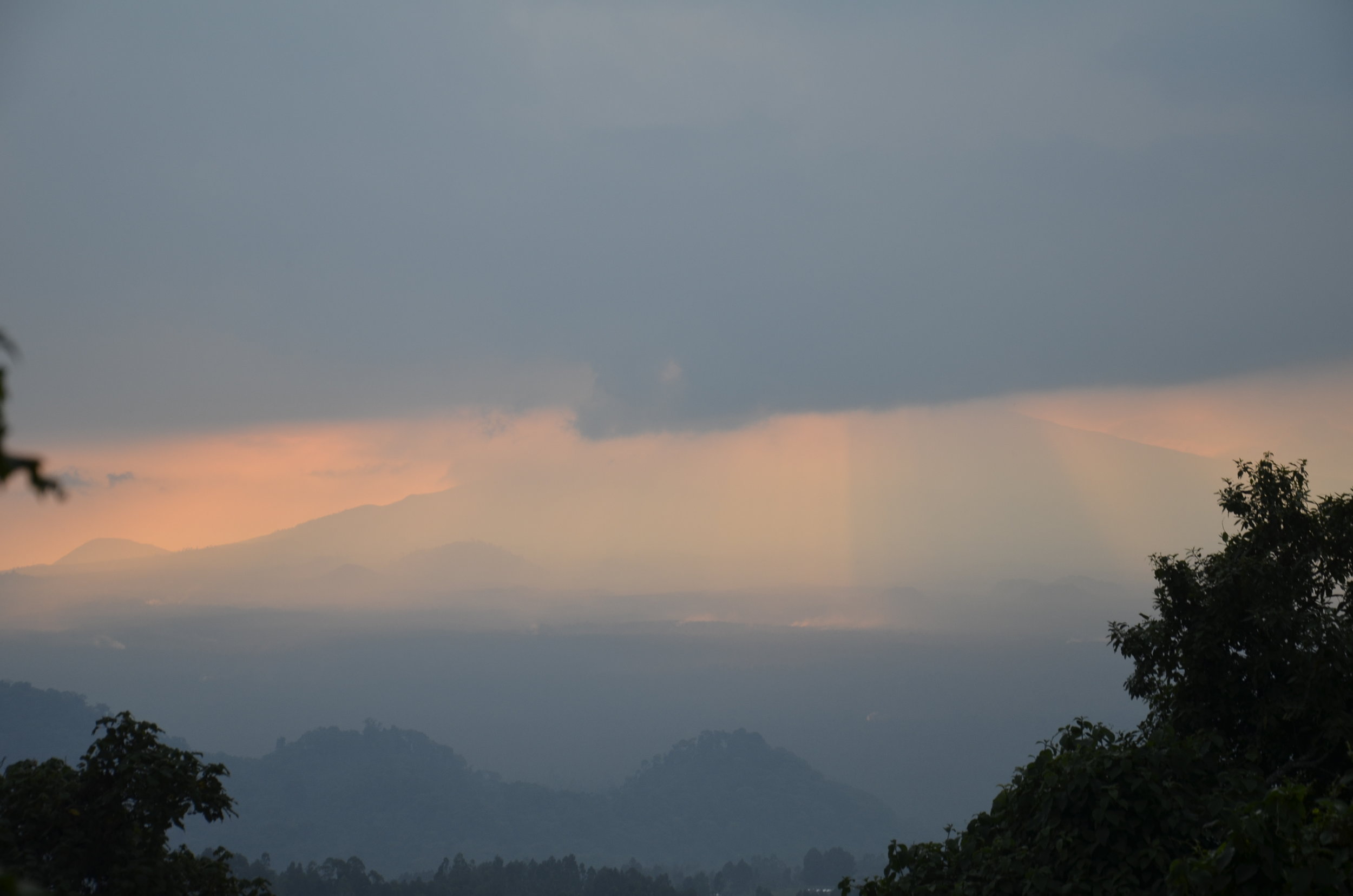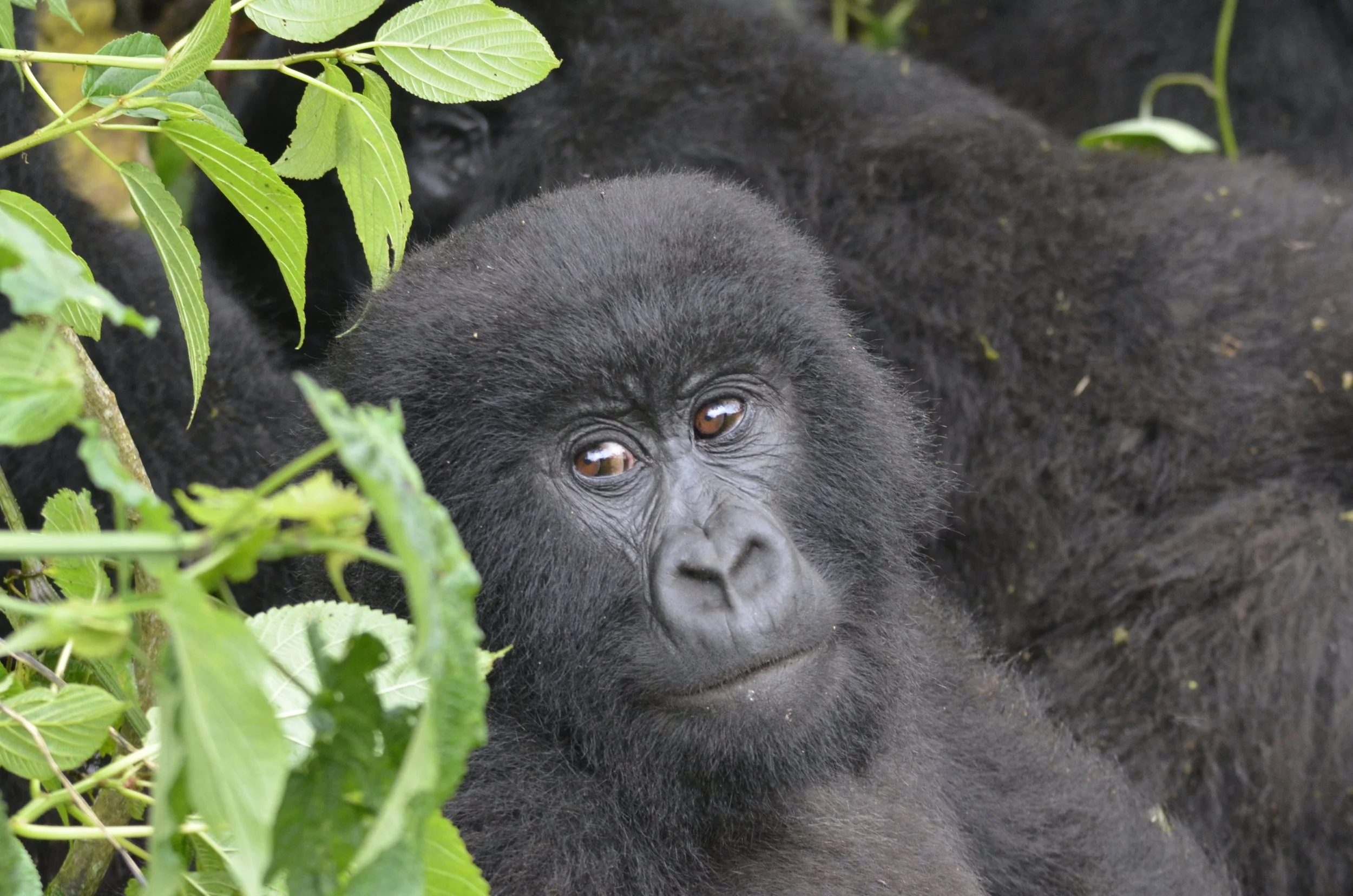Night safari and our final wake-up call
We were able to go on a night safari for over 3 hours, and it was so cool to see these animals that either are not out at all during the day, or are hidden.
As we left camp, the sky gave us a beautiful farewell.
For those who might be into lists, we saw kudu, hyrax, white-tailed mongoose, leopard, hippo, lesser bush baby, giraffes, impalas, spotted hyena, numerous spotted genet, dik-dik, bat-eared fox, elephant and an Eagle-Owl. Some pictures turned out ok…
This was a Spotted Genet, in the cat family. It was the most frequent animal we saw. I didn’t bother to take my Nikon, as it’s not good in low light (or I’m not), and Steve’s cell phone can capture a decent shot.
No need to ID that one.
Verreux’s Eagle-Owl (the largest African owl, standing over 2 feet tall):
Ok. Now for the grand finale. On our last morning in camp, we received a slightly earlier than expected wake up call. I was sleeping lightly, as dawn was slowly breaking, and the birds were starting to sing. I was hearing a lot of leaves rustling or twigs snapping, and figured something was nosing around in the bushes outside our tent. I opened my eyes to see:
We knew from our walking safari experience, that as long as we were inside the tent, we were safe, as the elephant perceived that as a solid block of something to walk around.
I needed to have the fan at the foot of the bed, or my toes in the pictures, for scale -
He walked quietly away as our room steward brought my coffee to the front porch. Nice way to end our Africa trip!
Steve’s version of the sunset picture, and I think his is MUCH better than mine.
And thus ends the tale of our African sojourn. There will be blog (in contrast to radio) silence for a few months now, until we start exploring the US Southwest and the Grand Canyon.












































